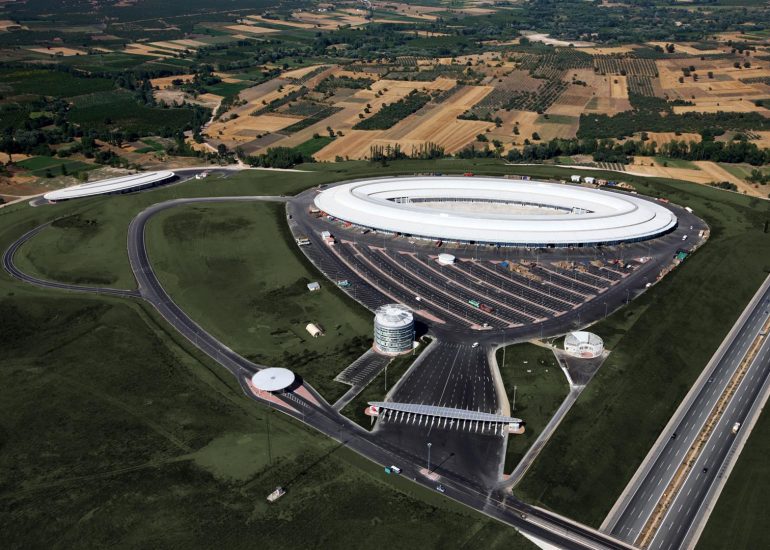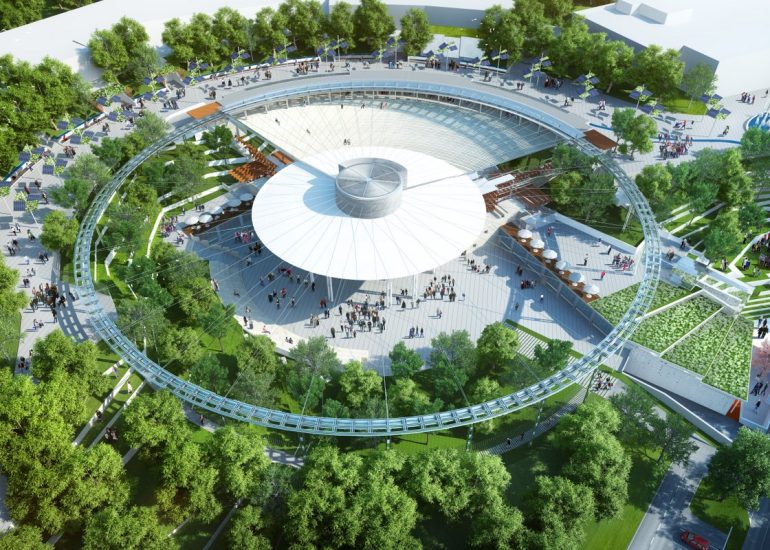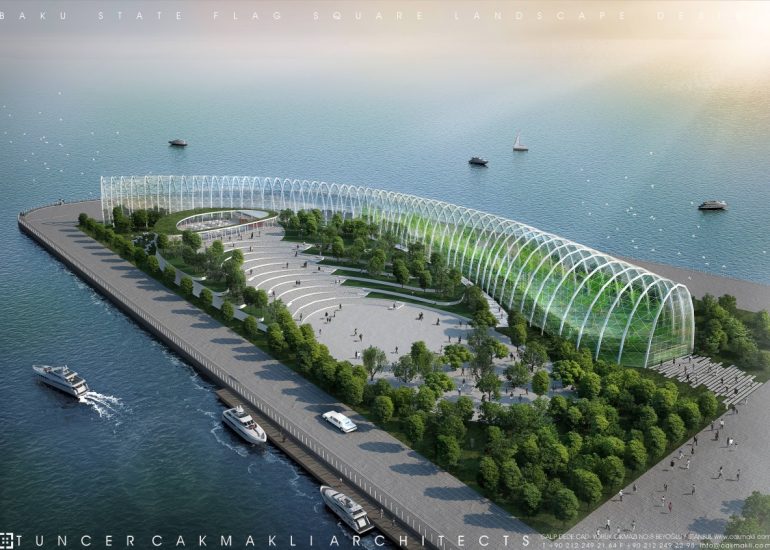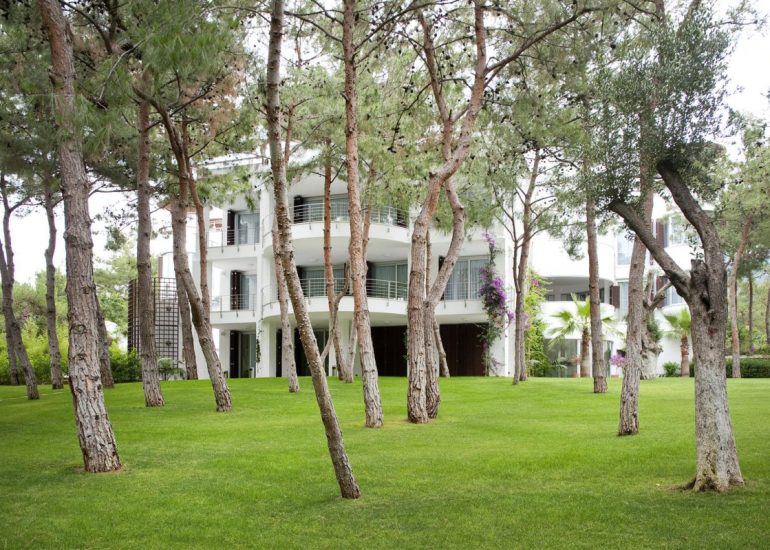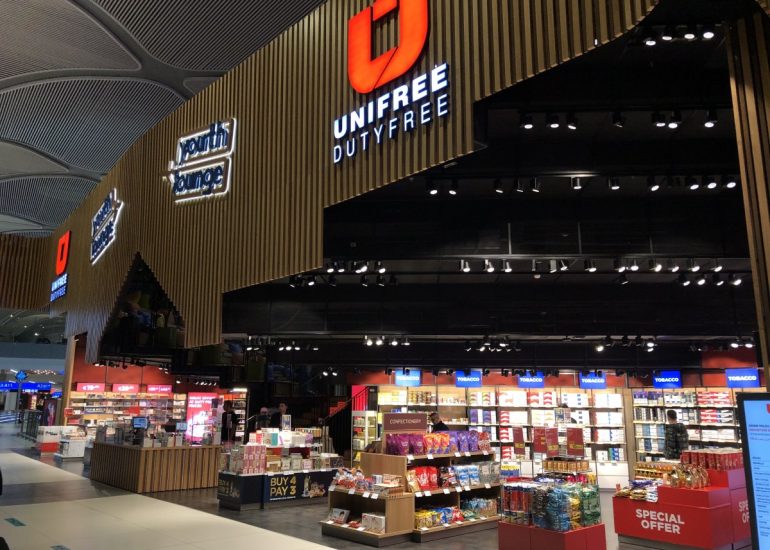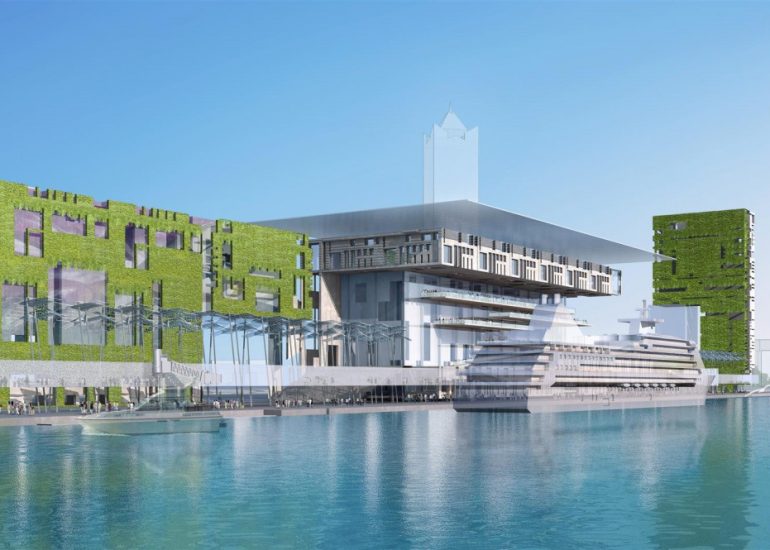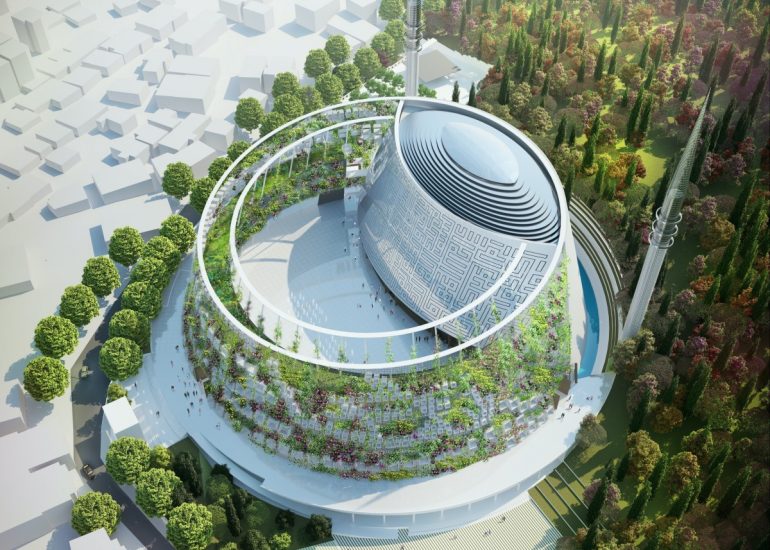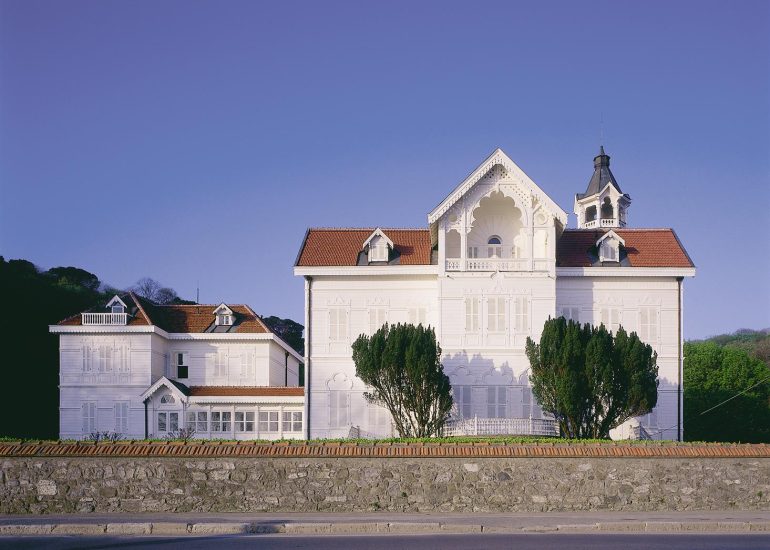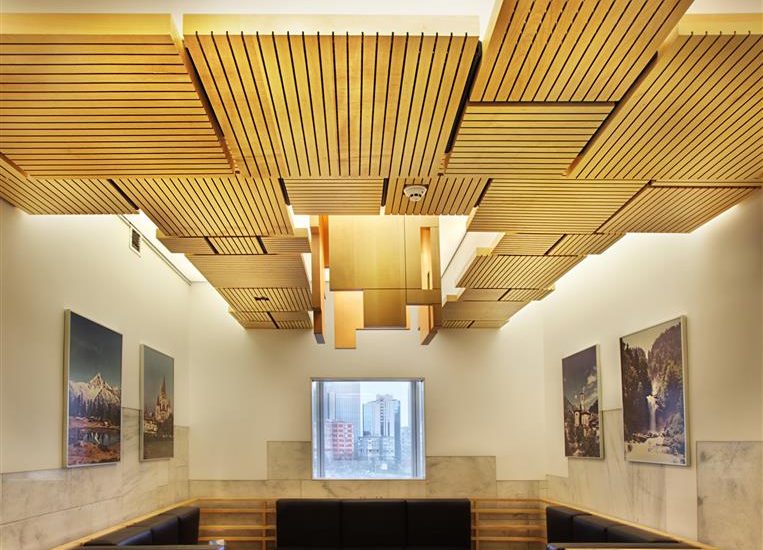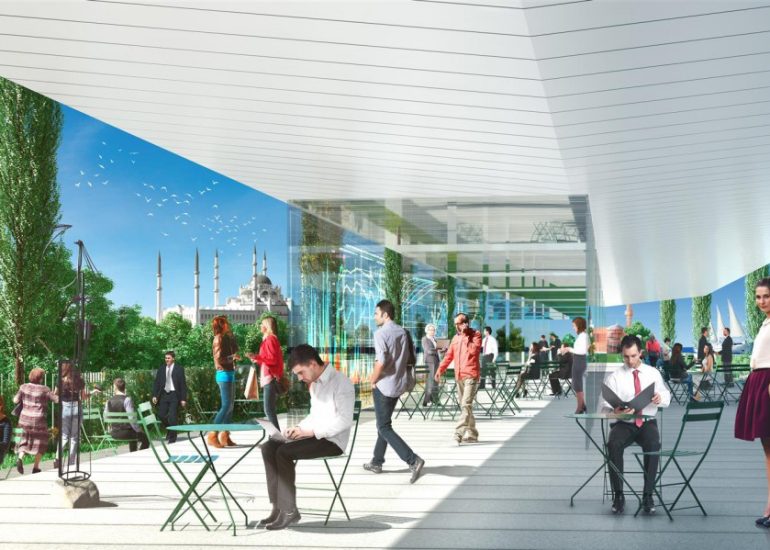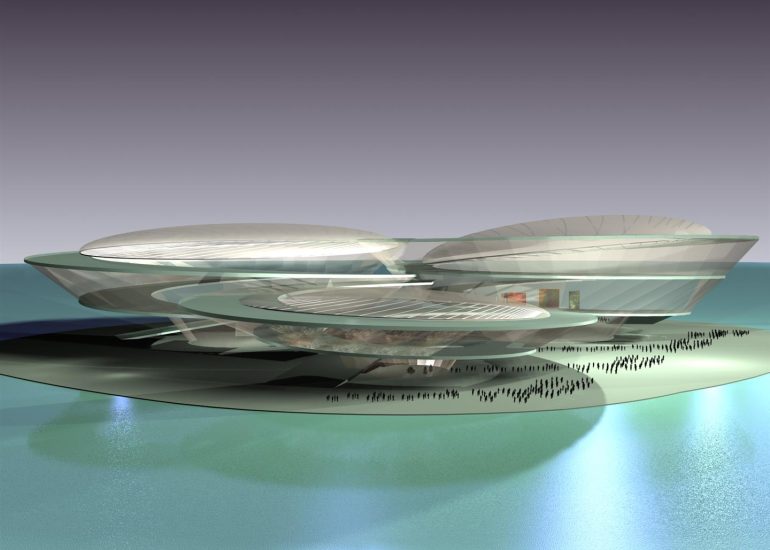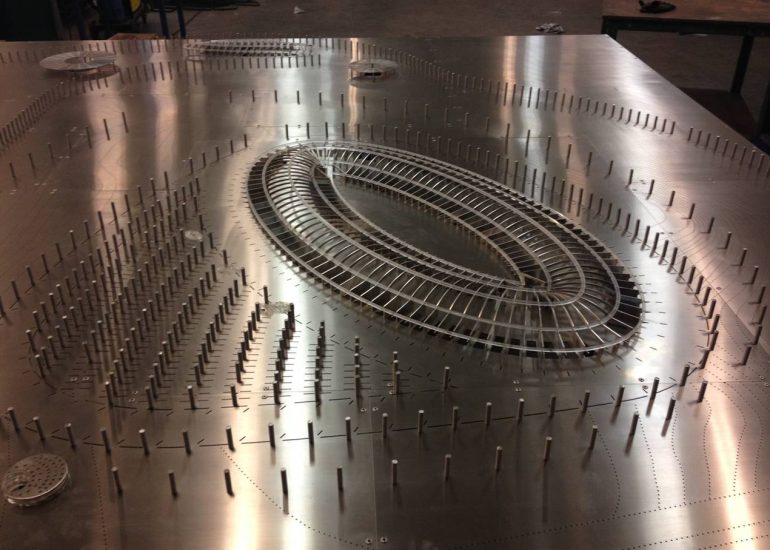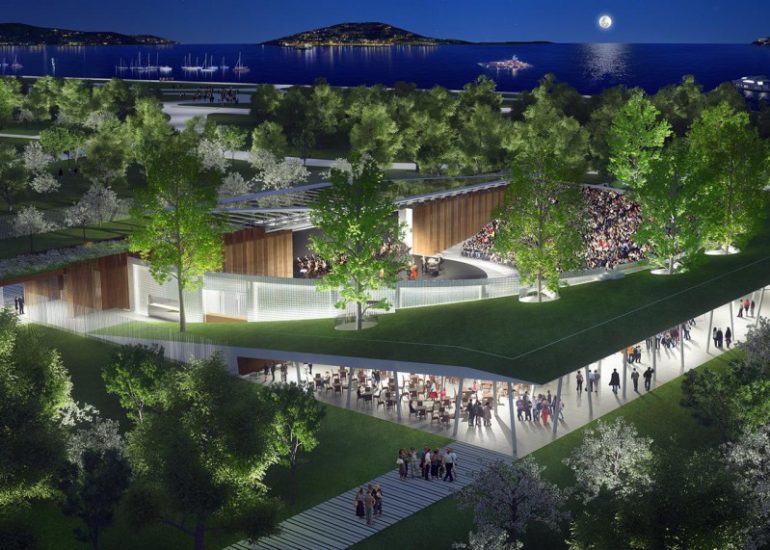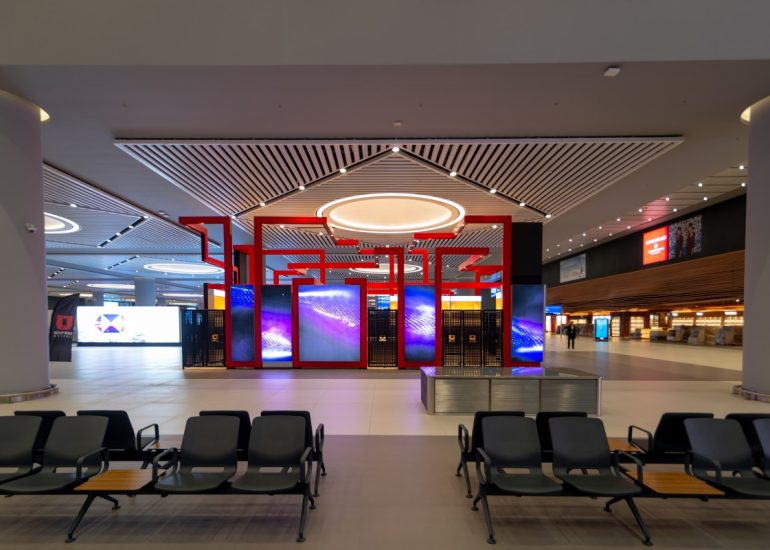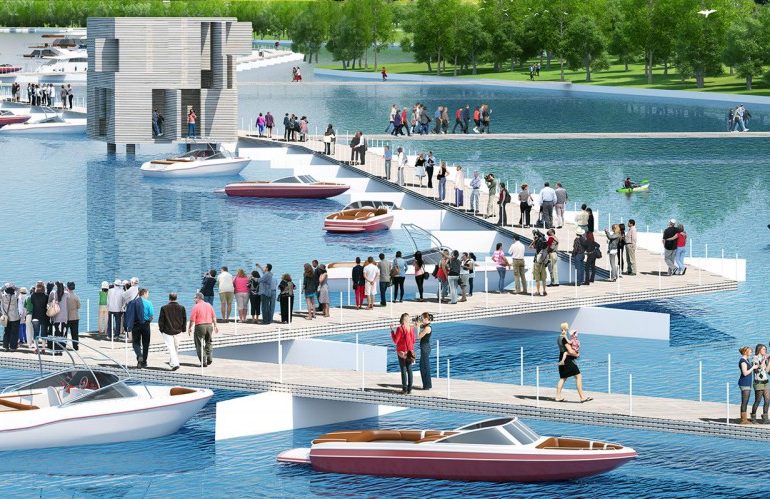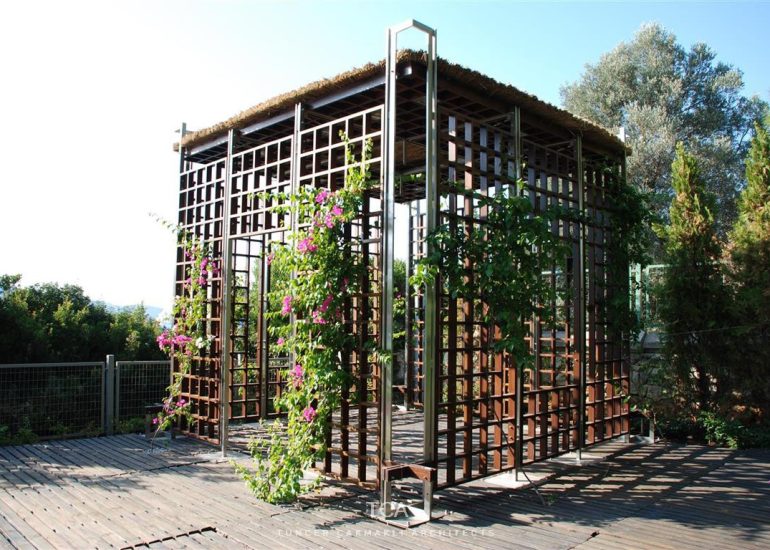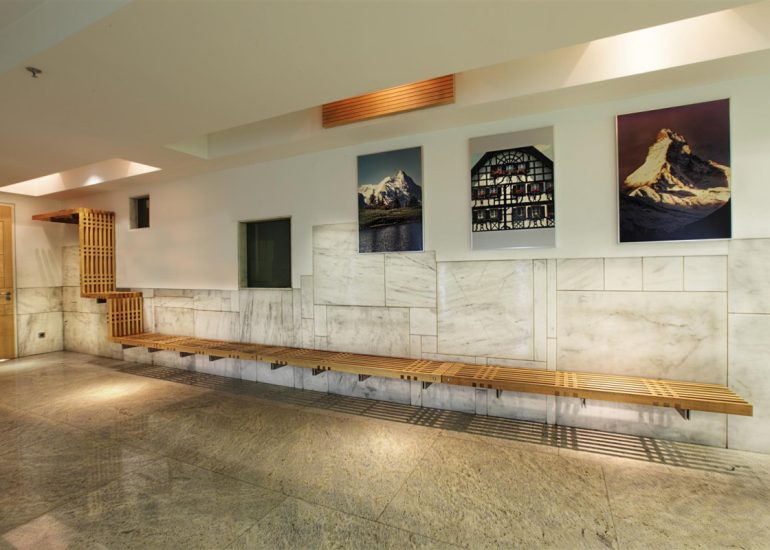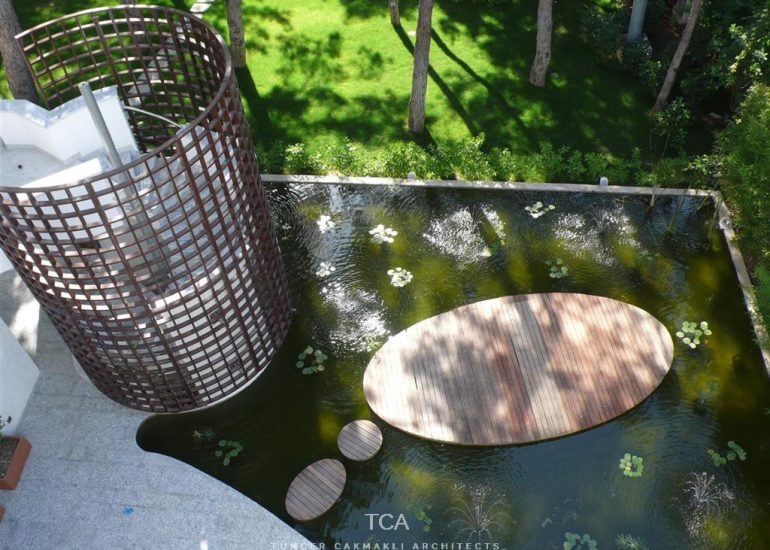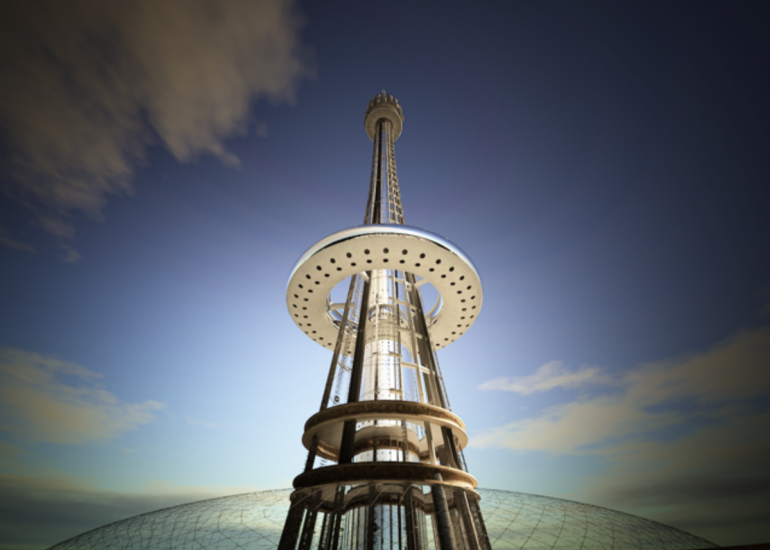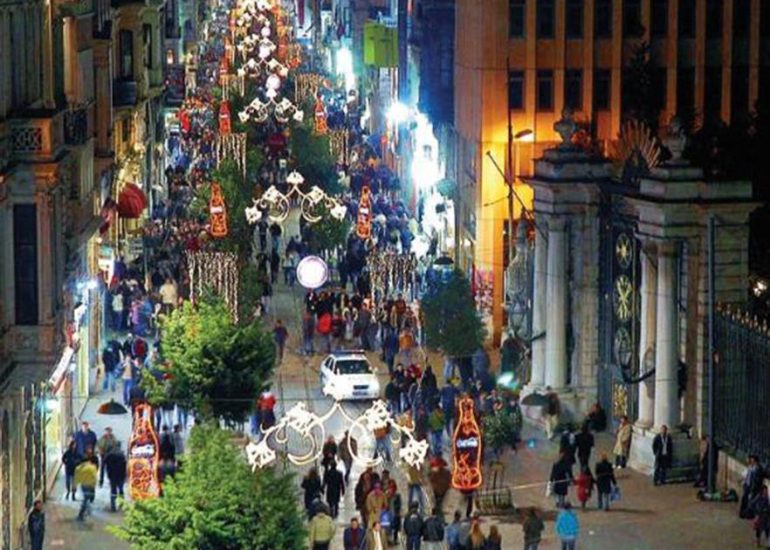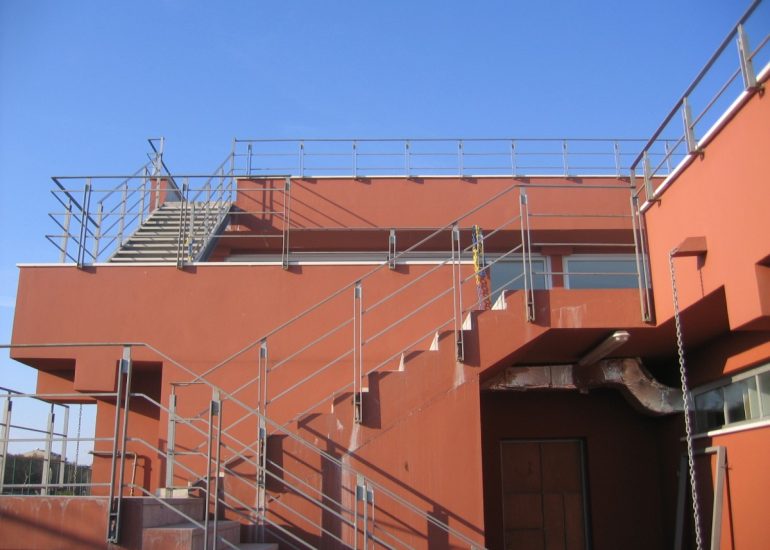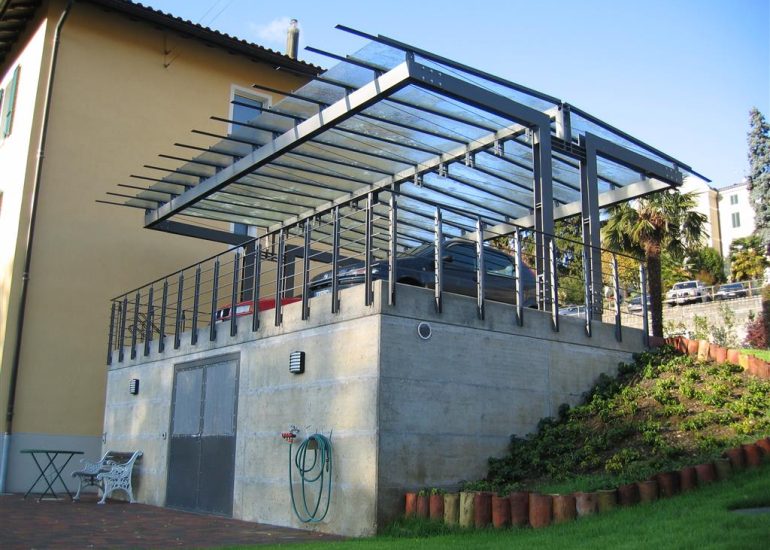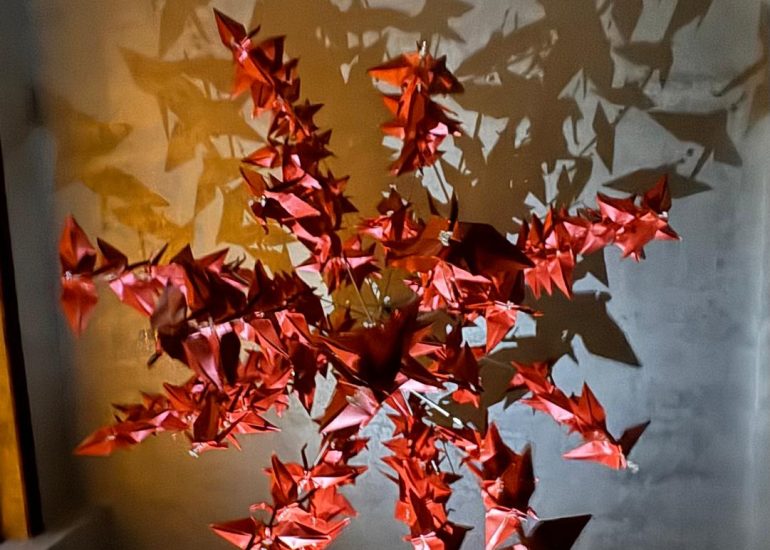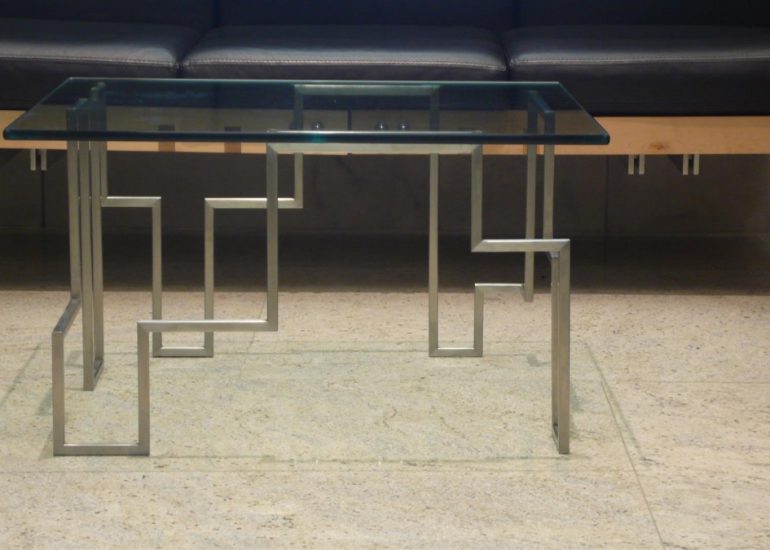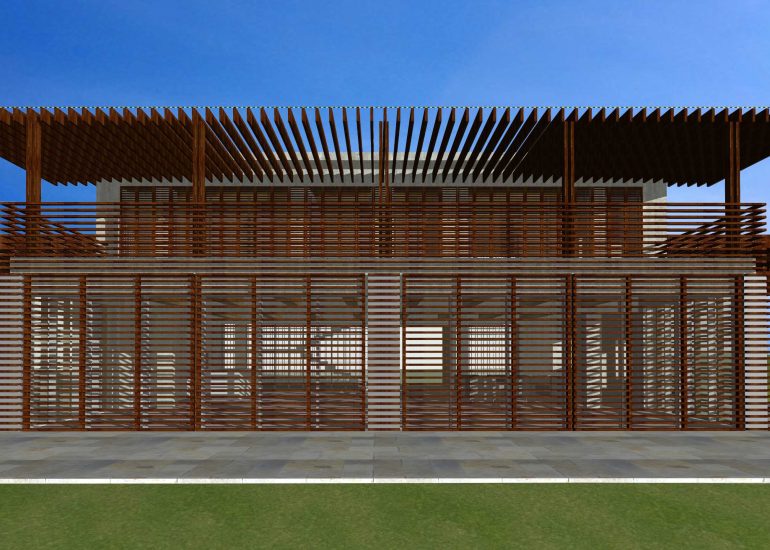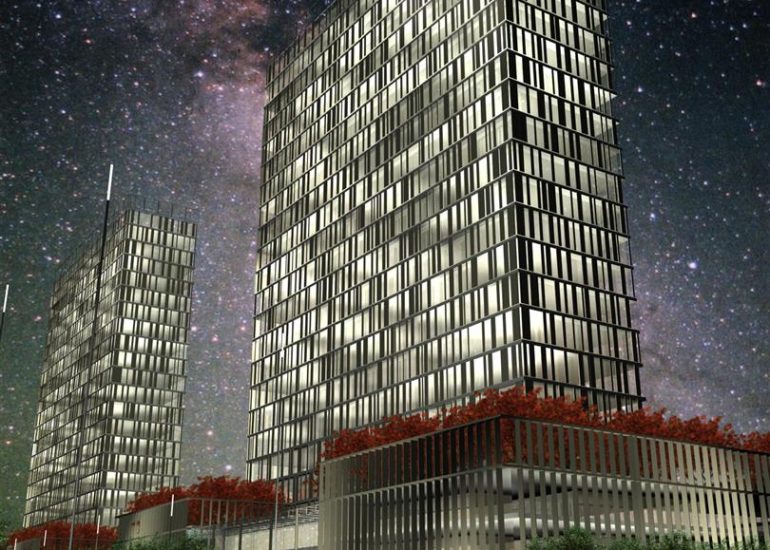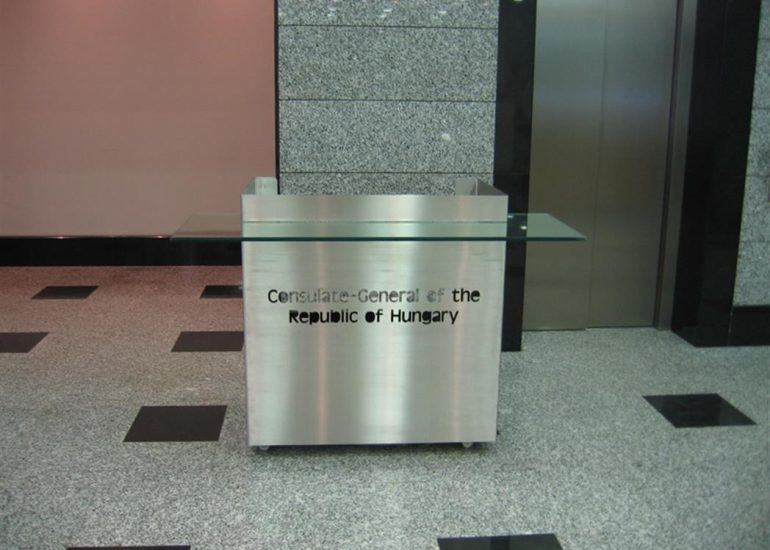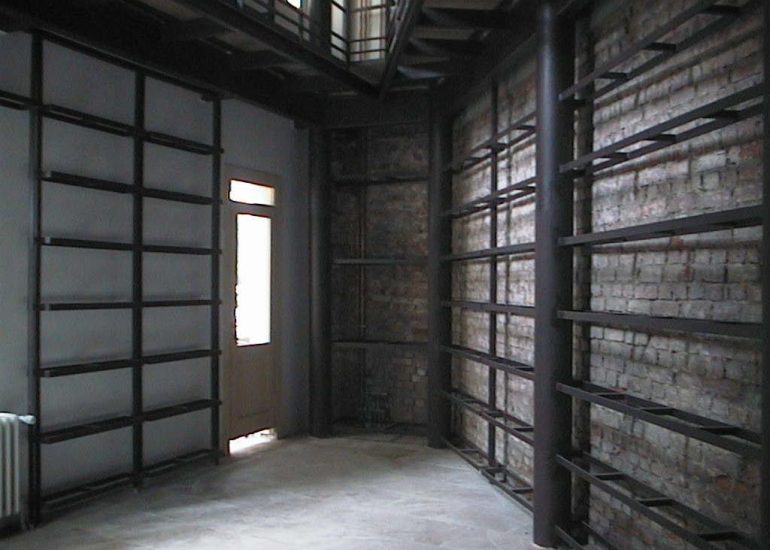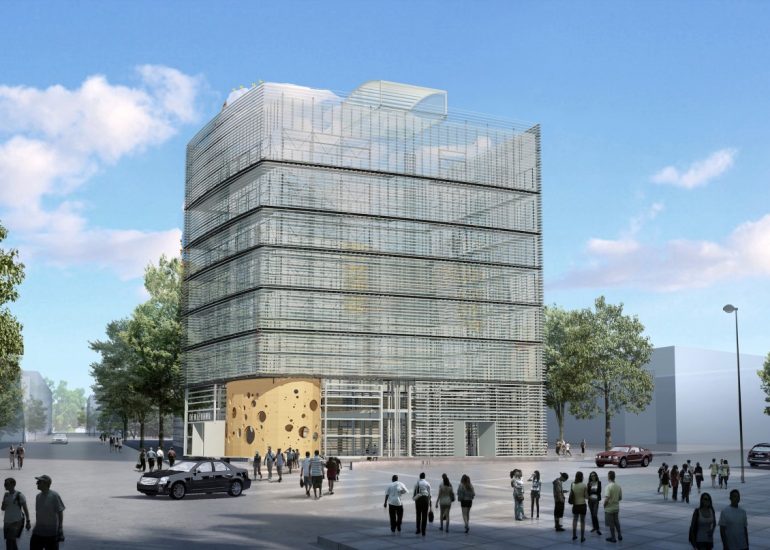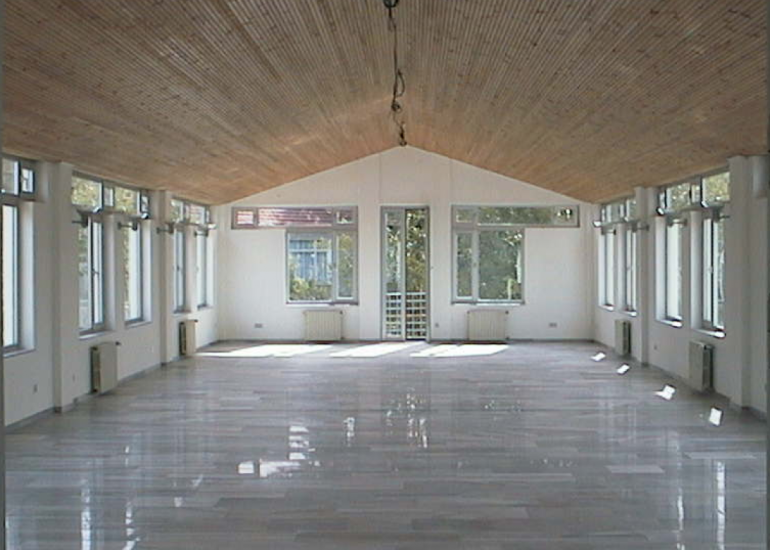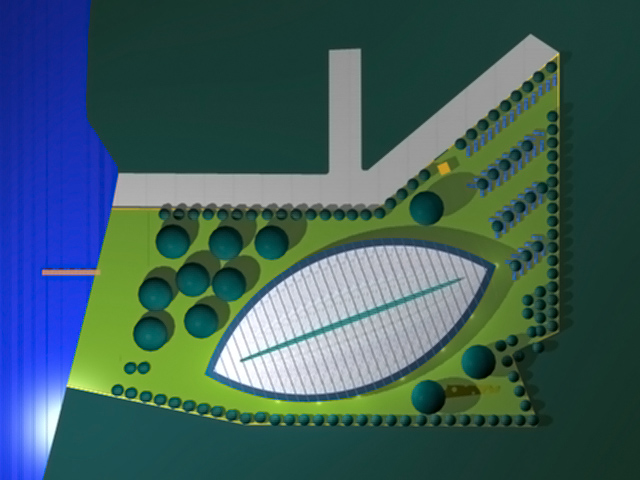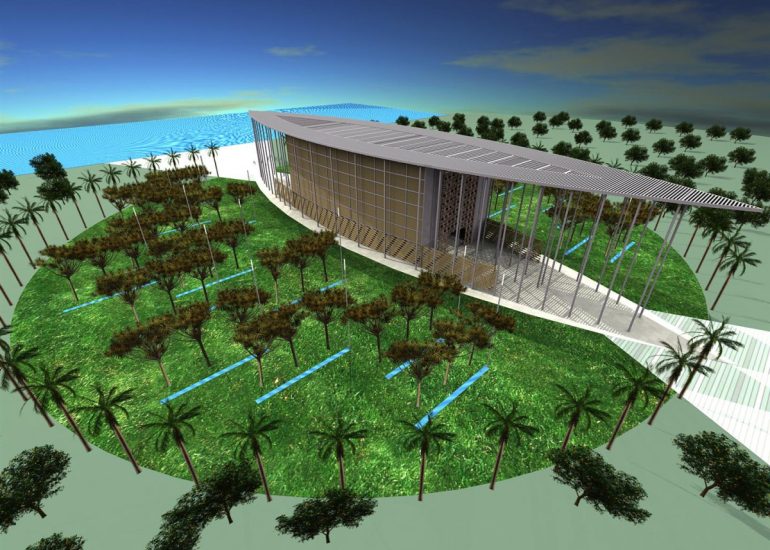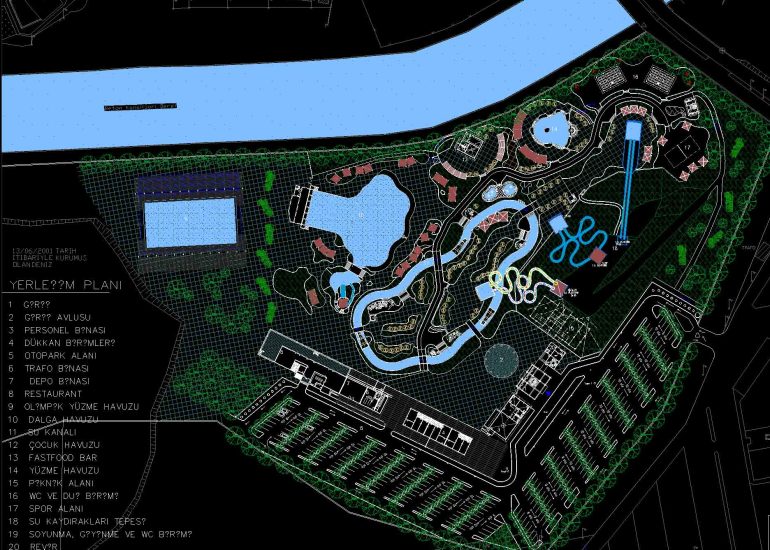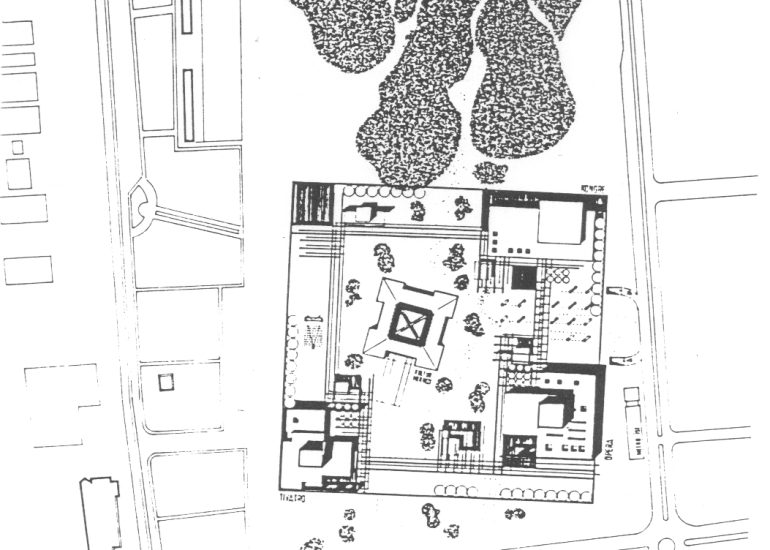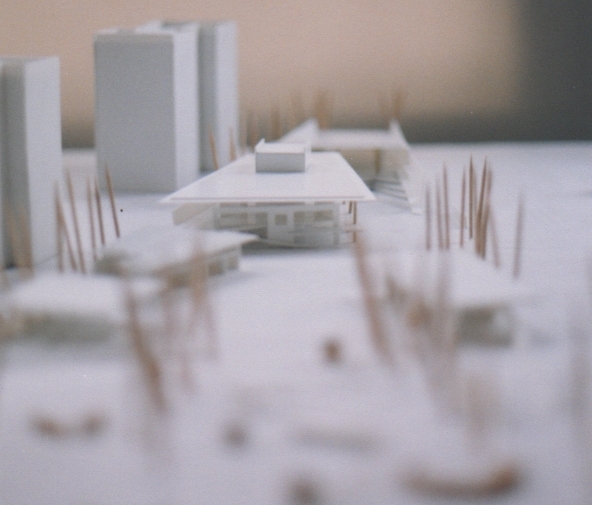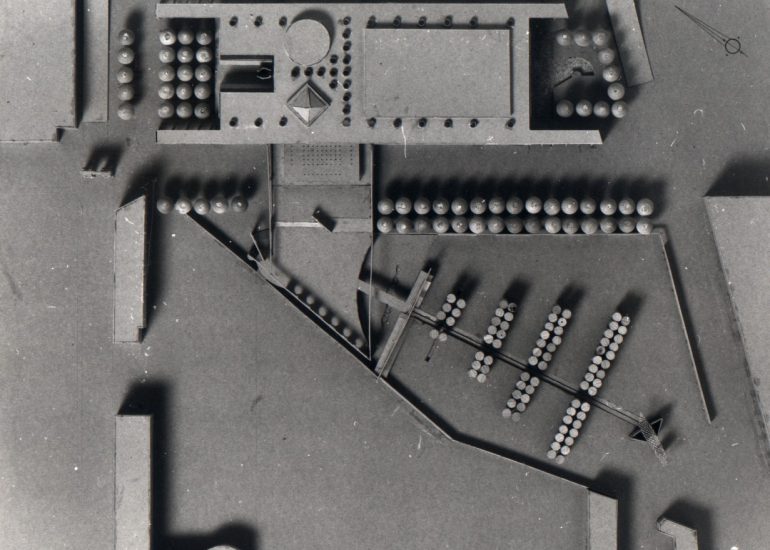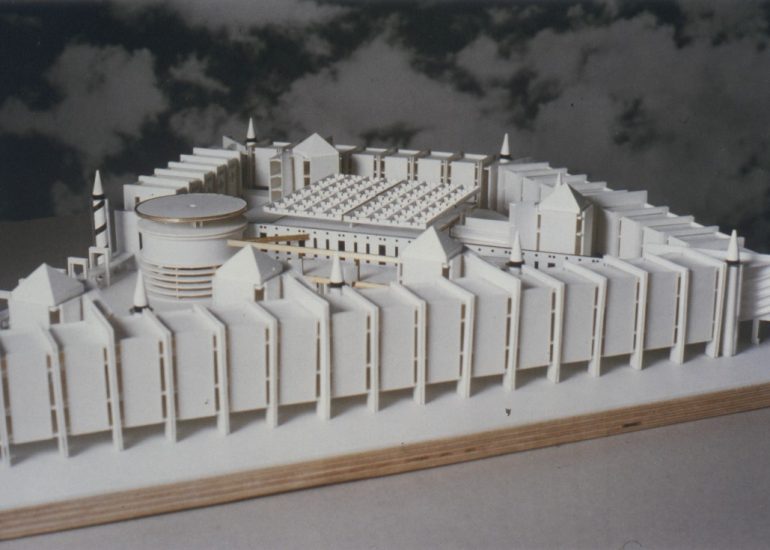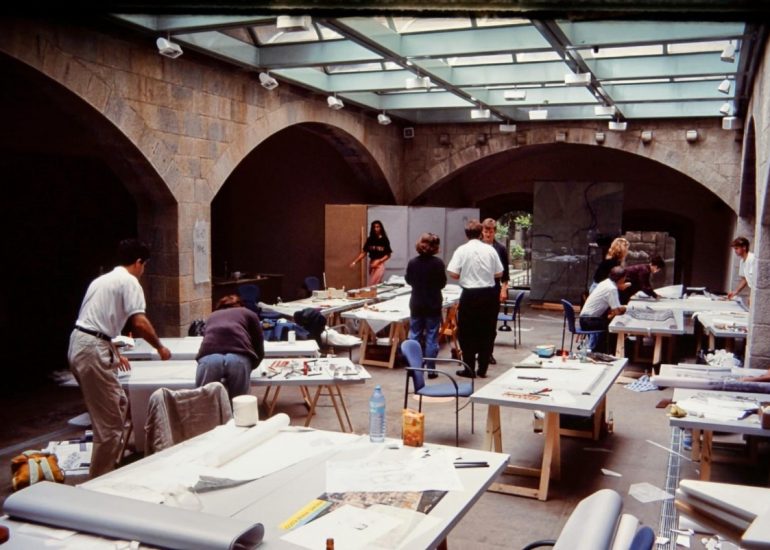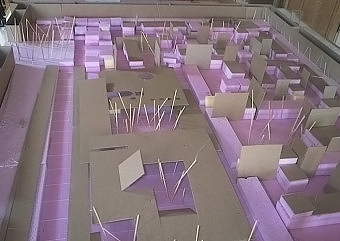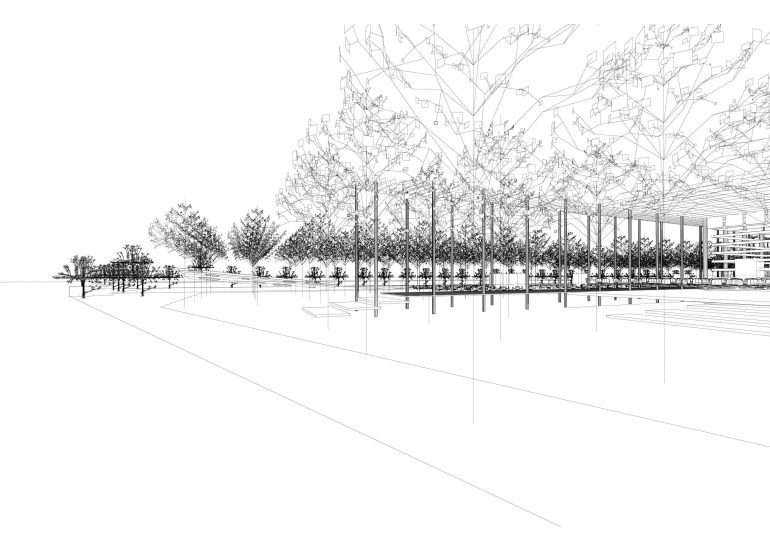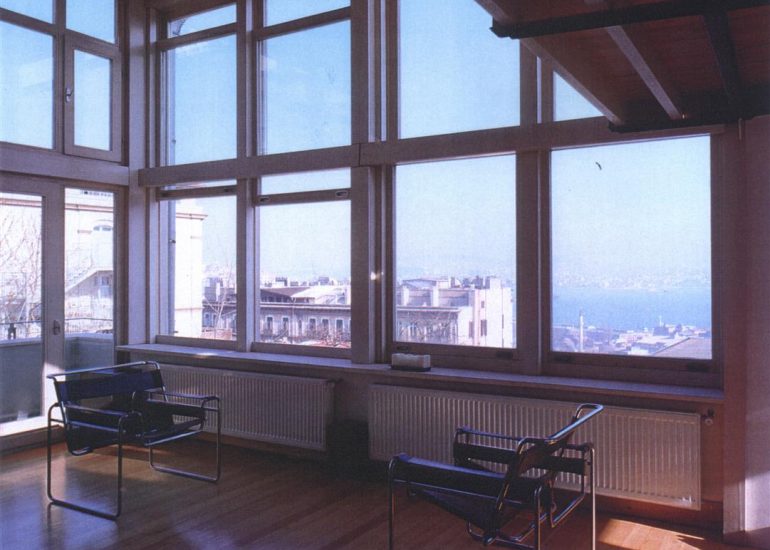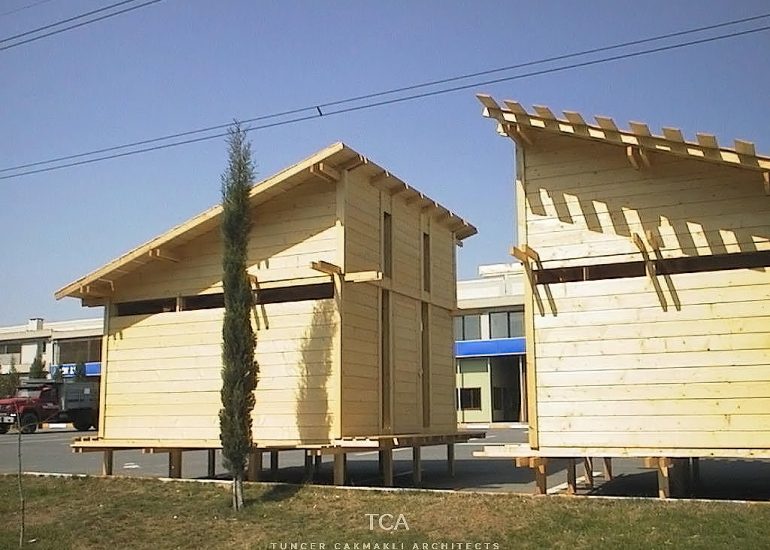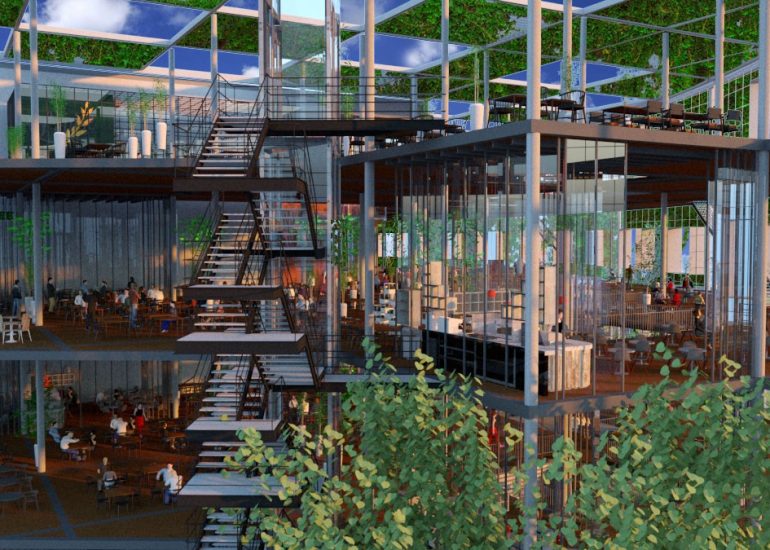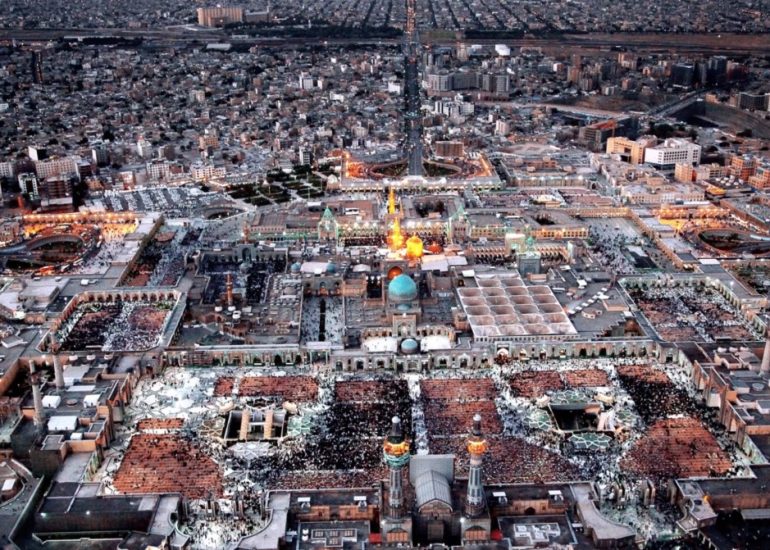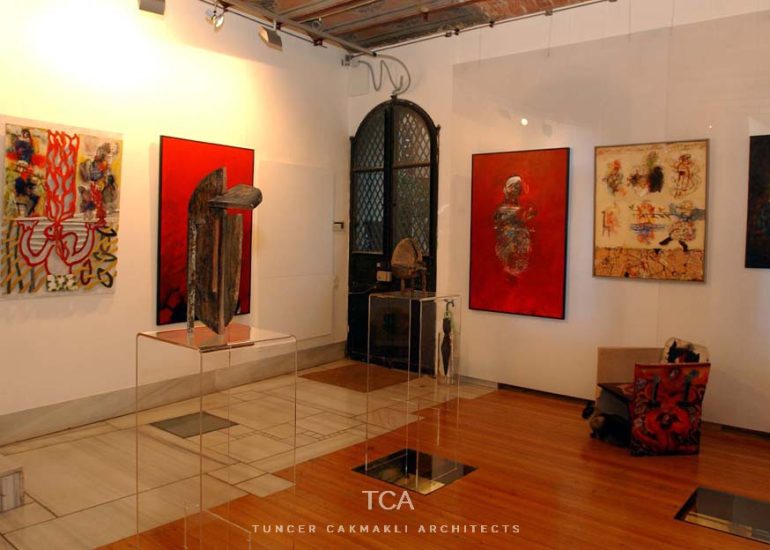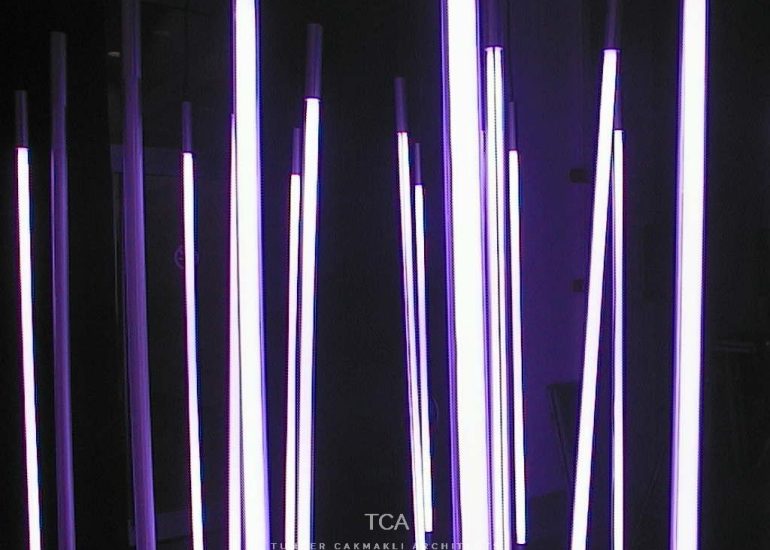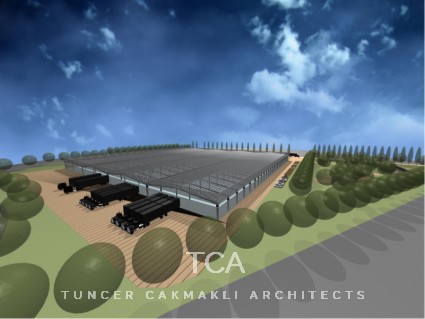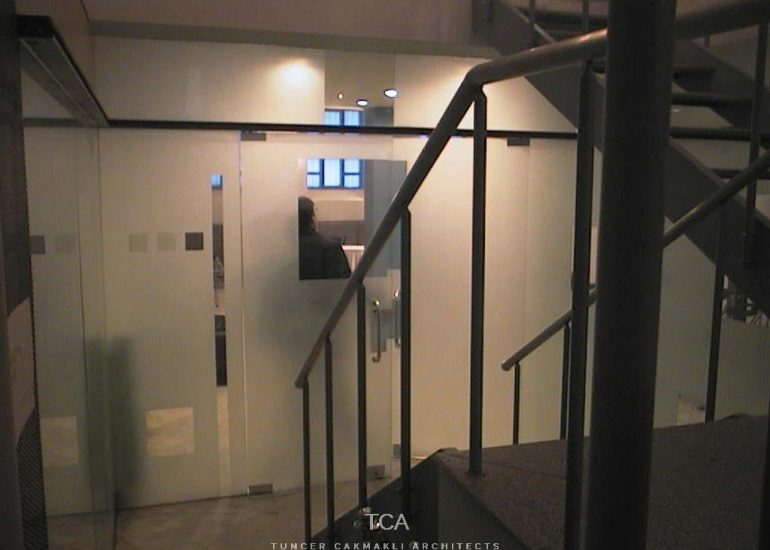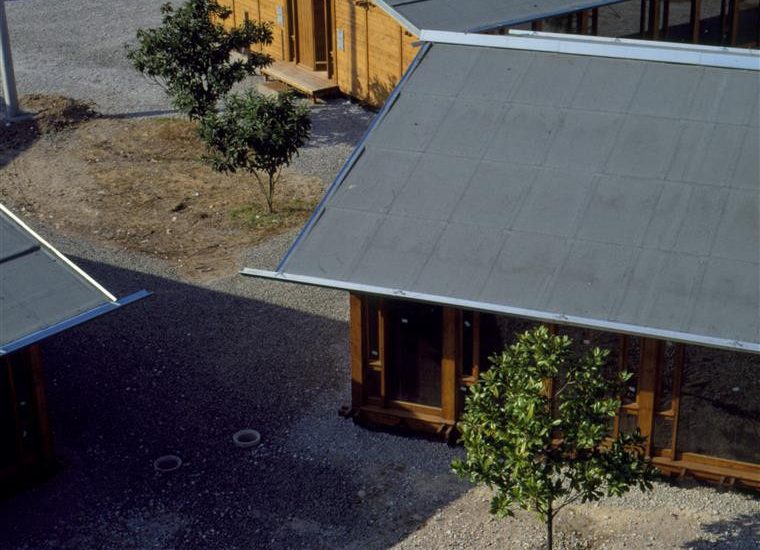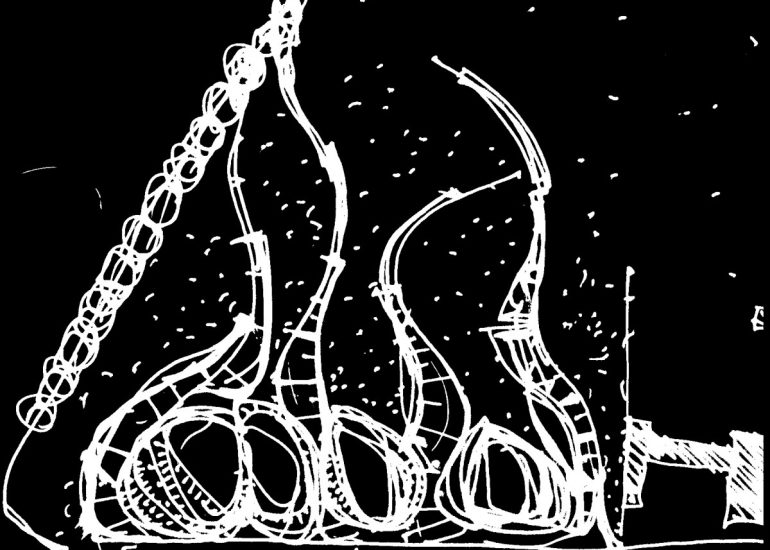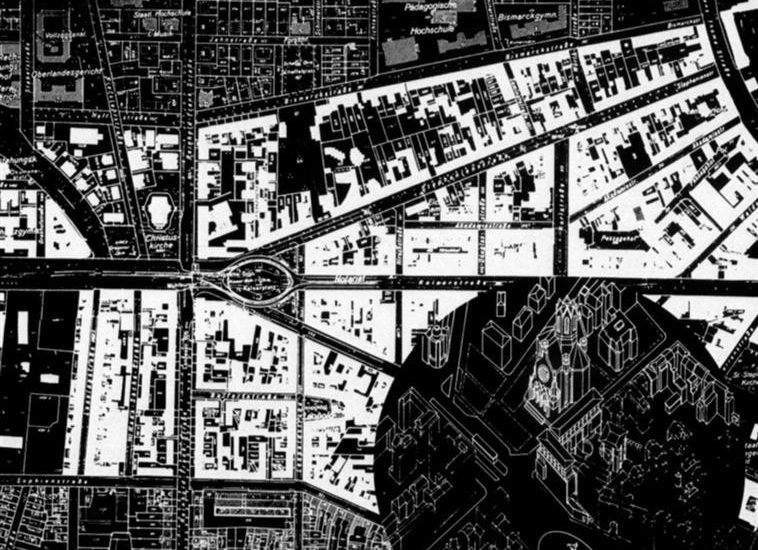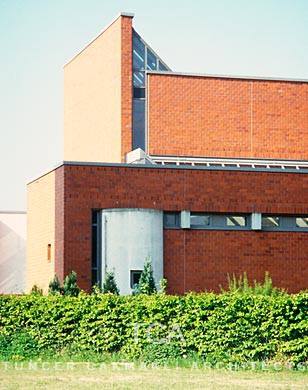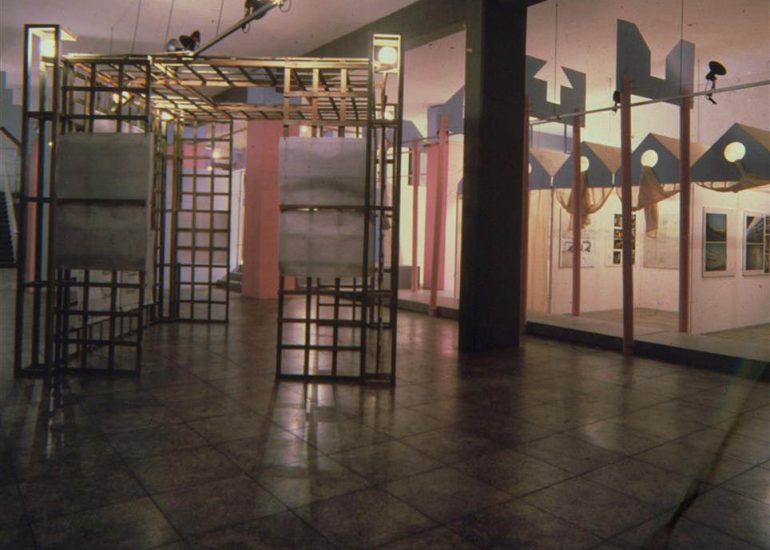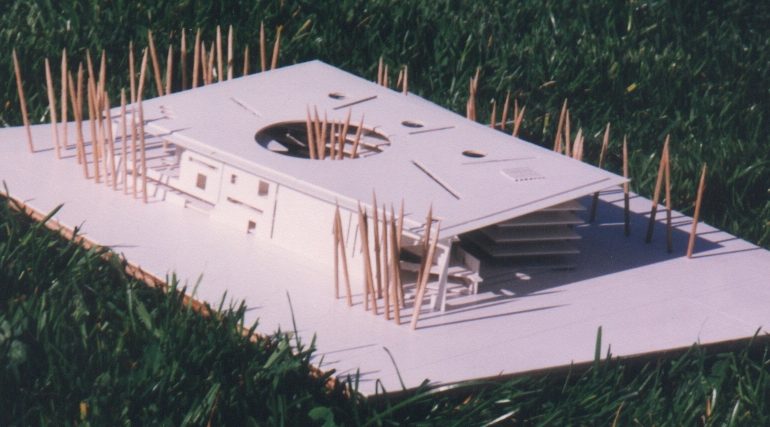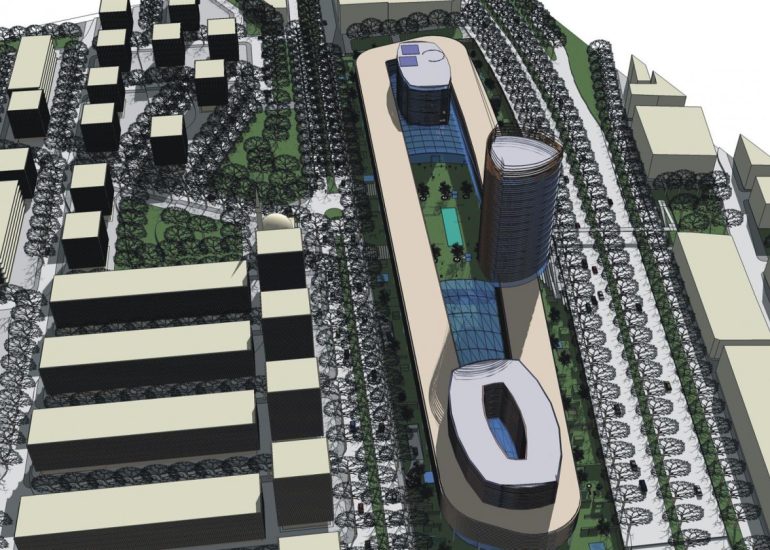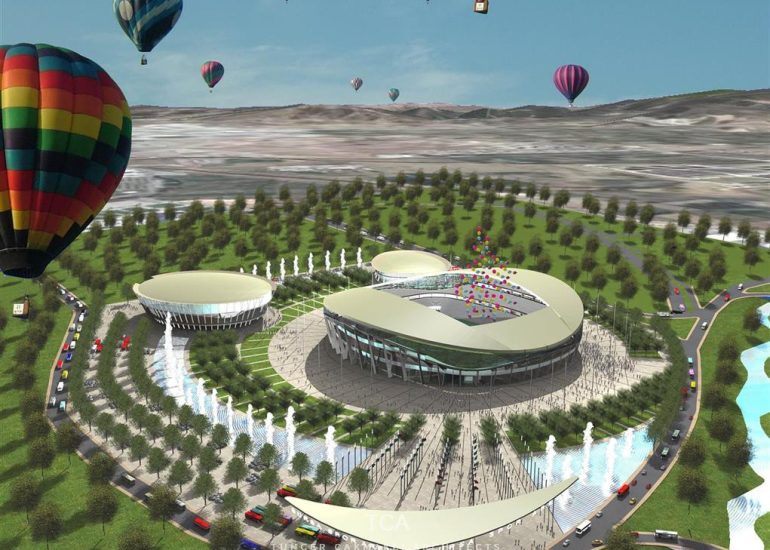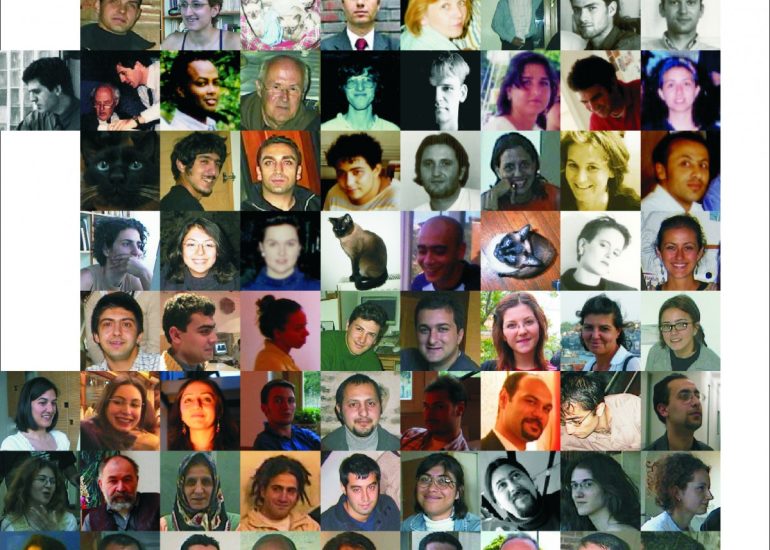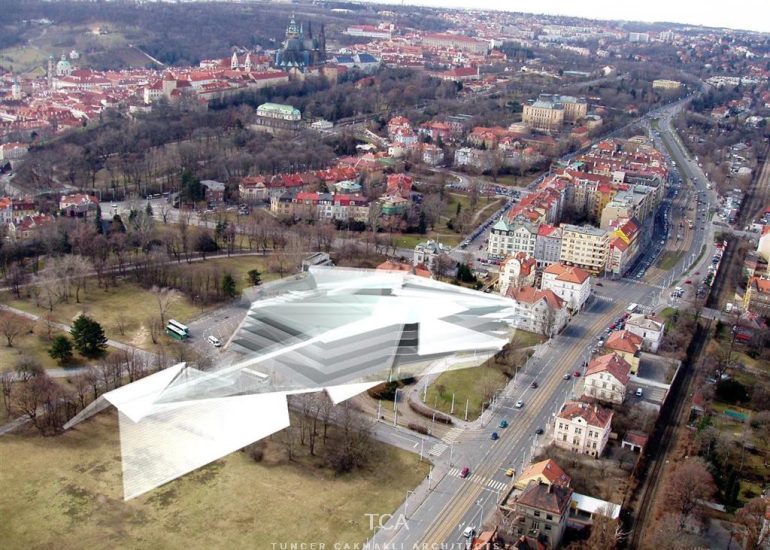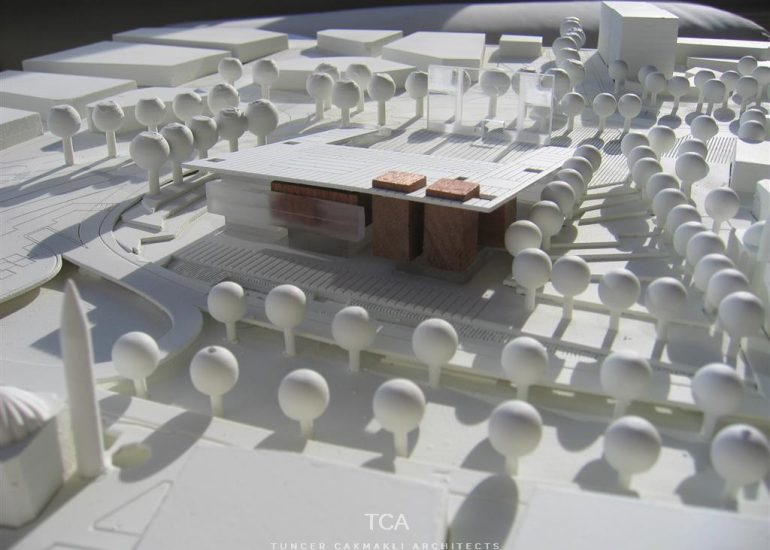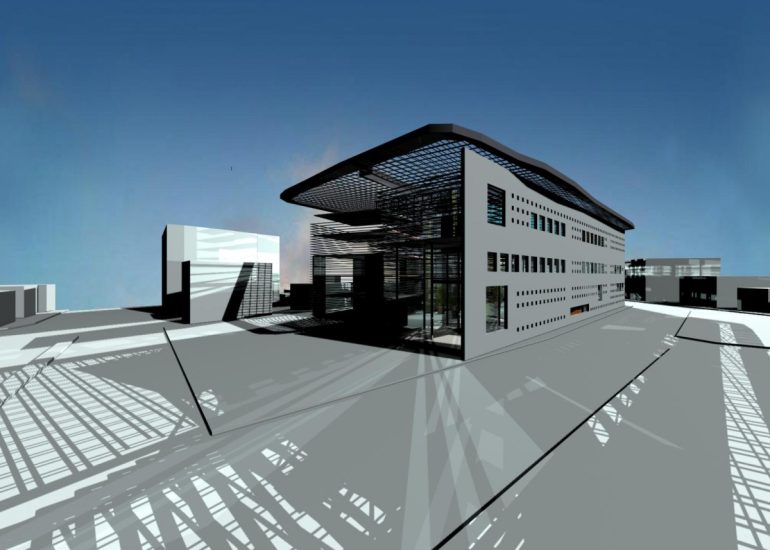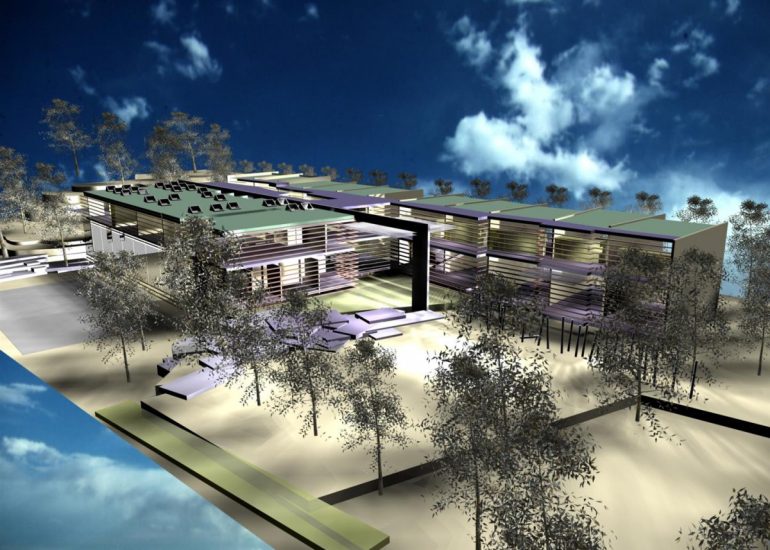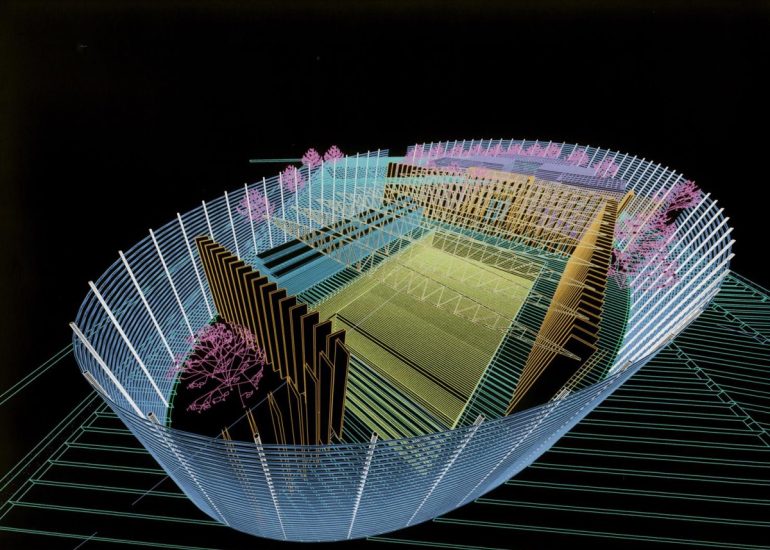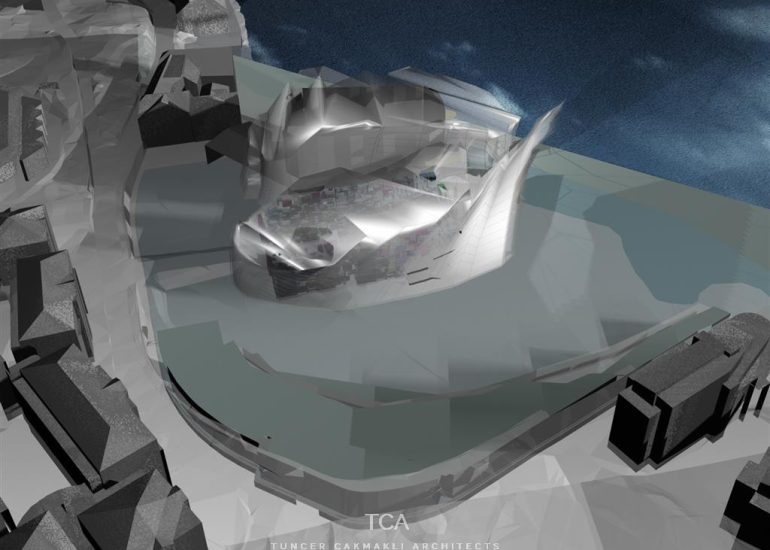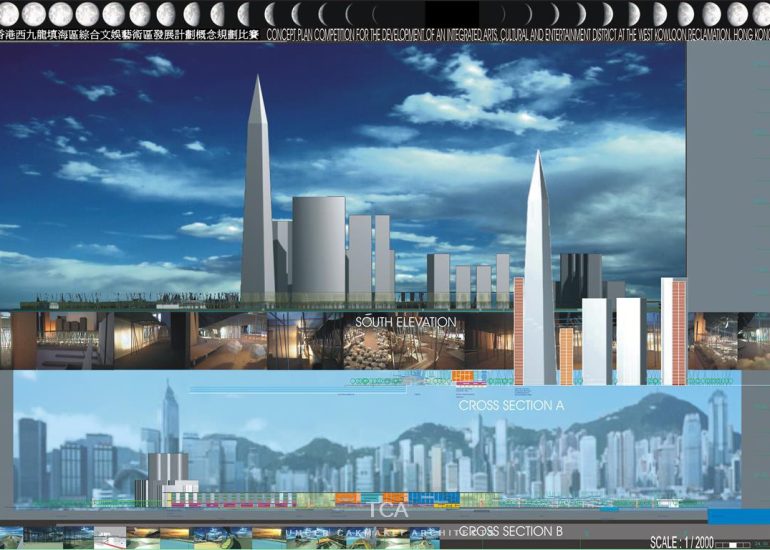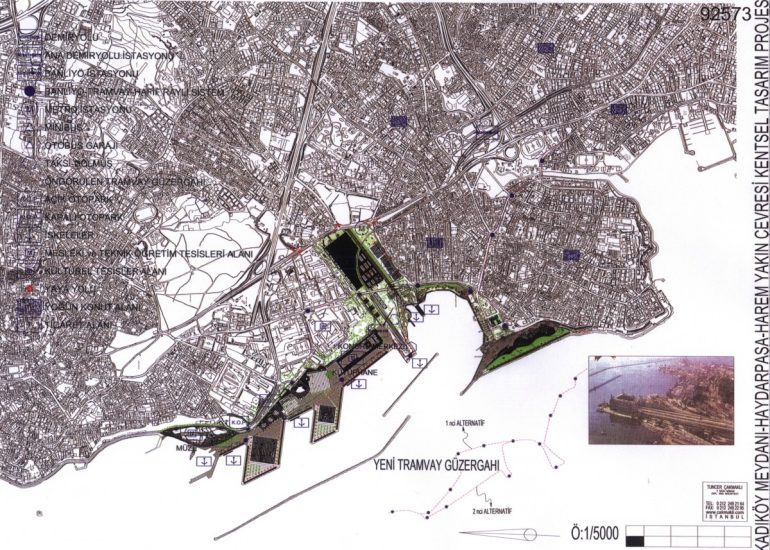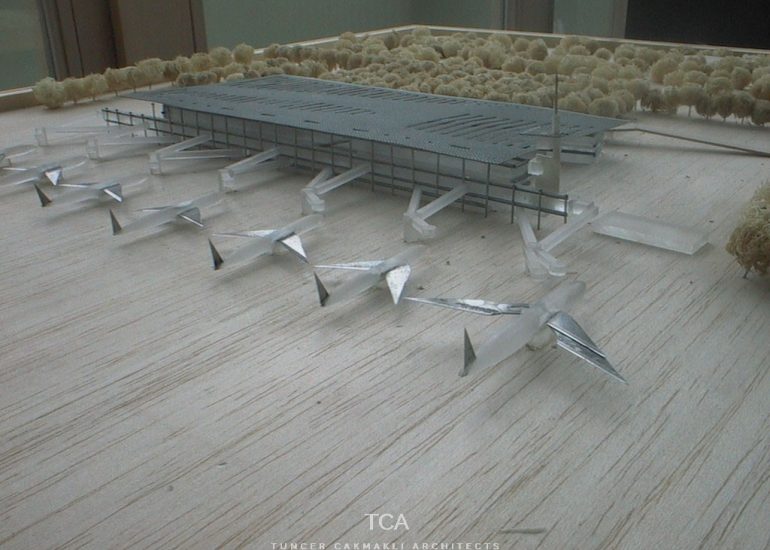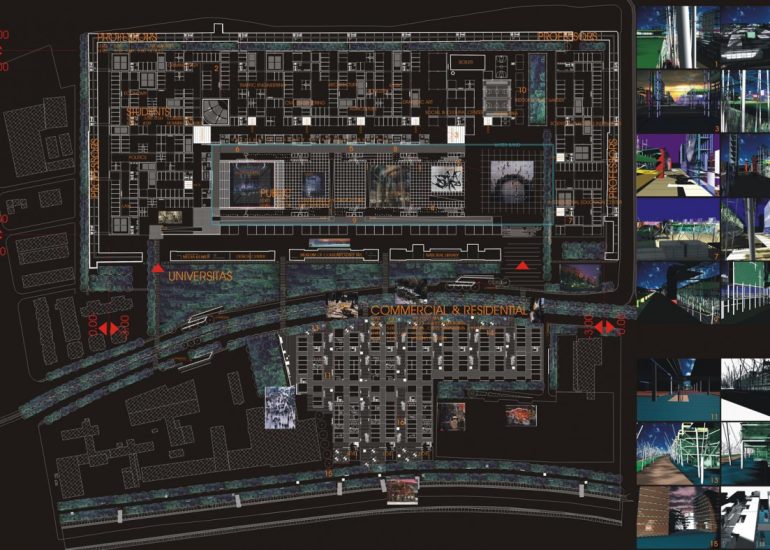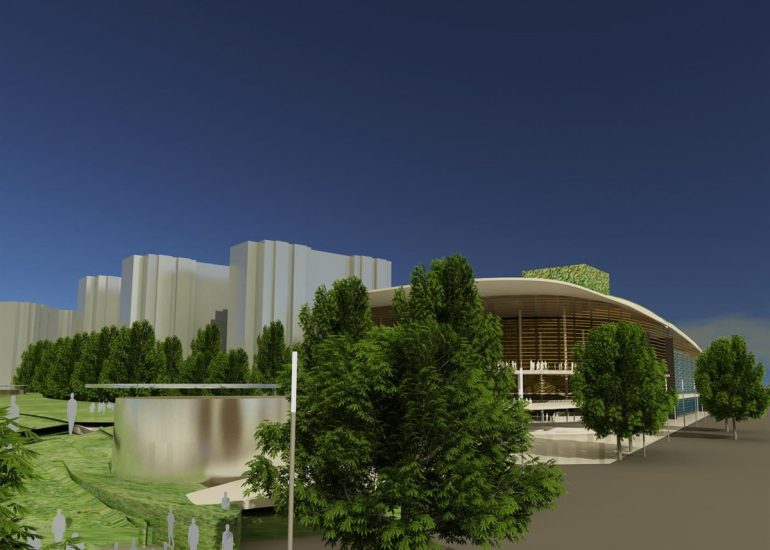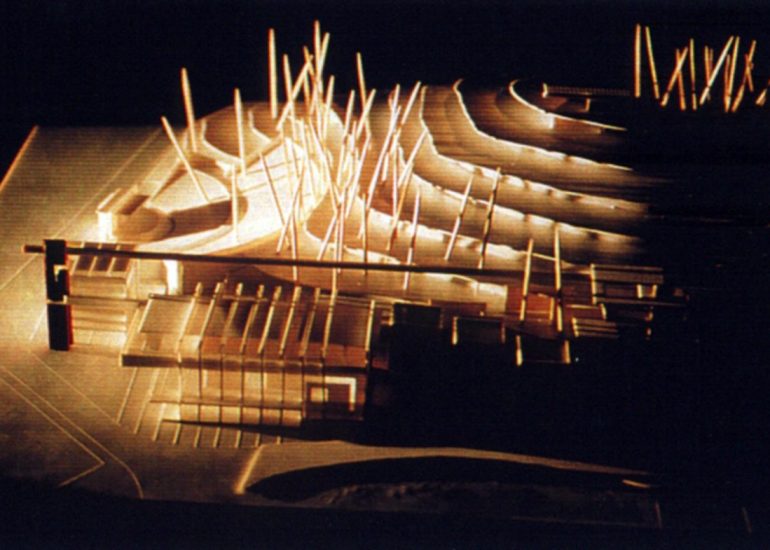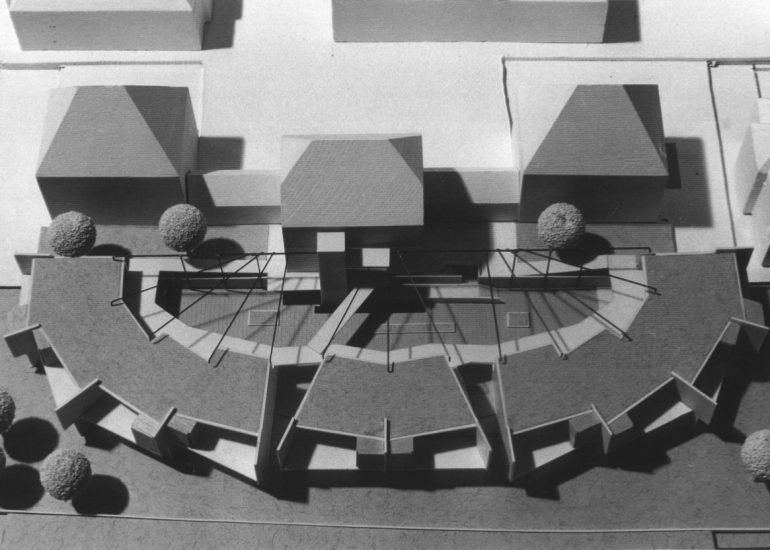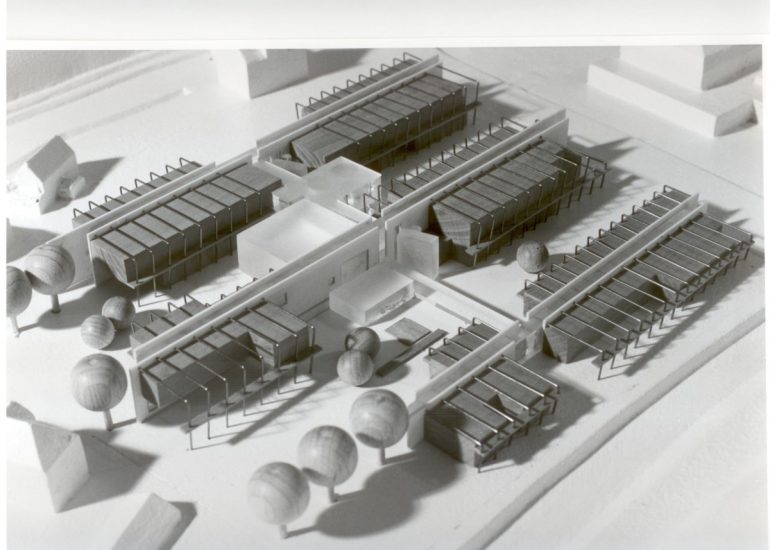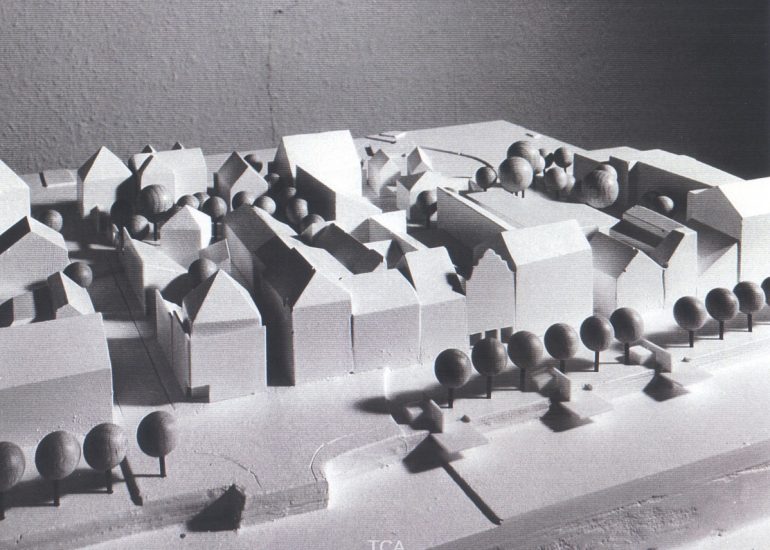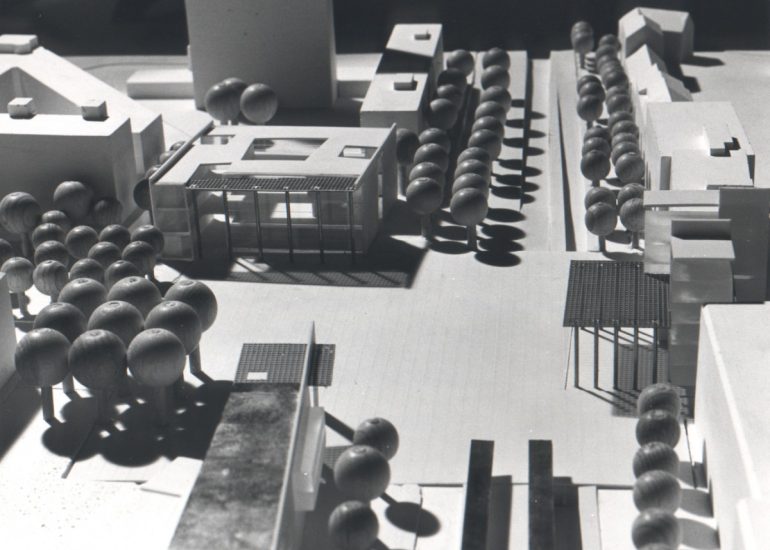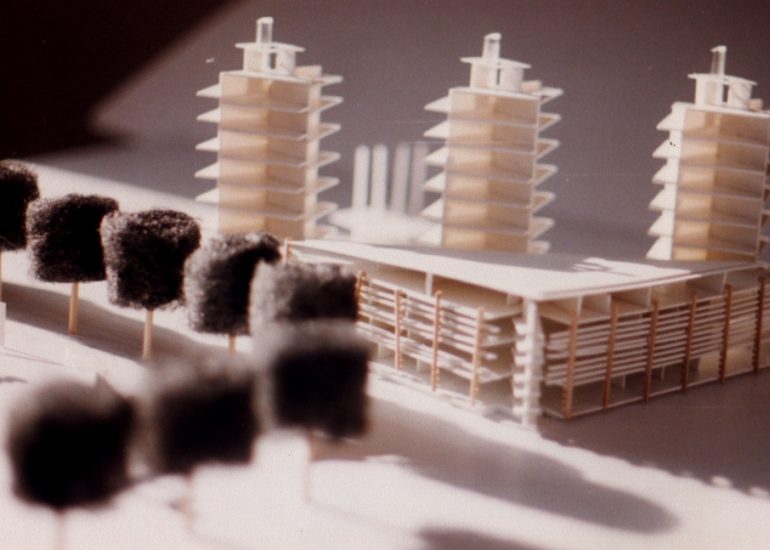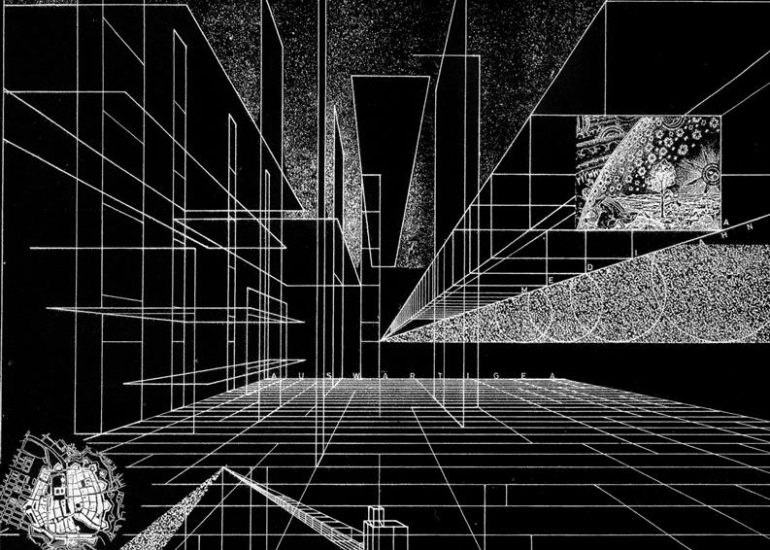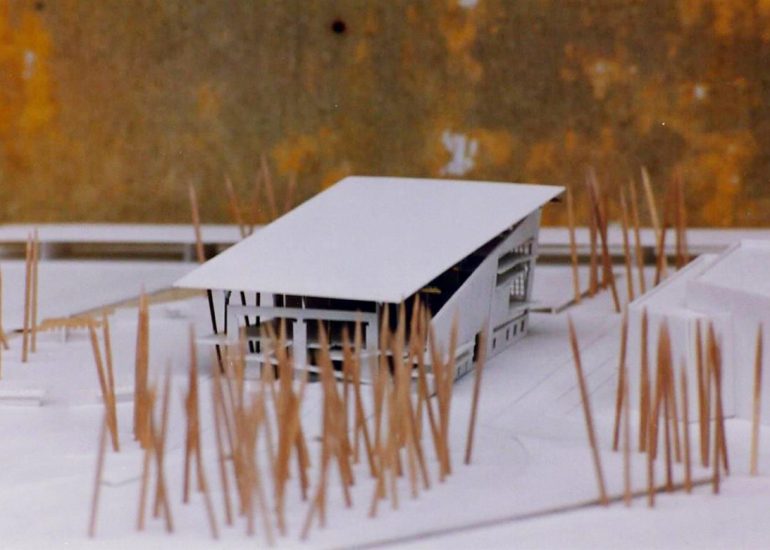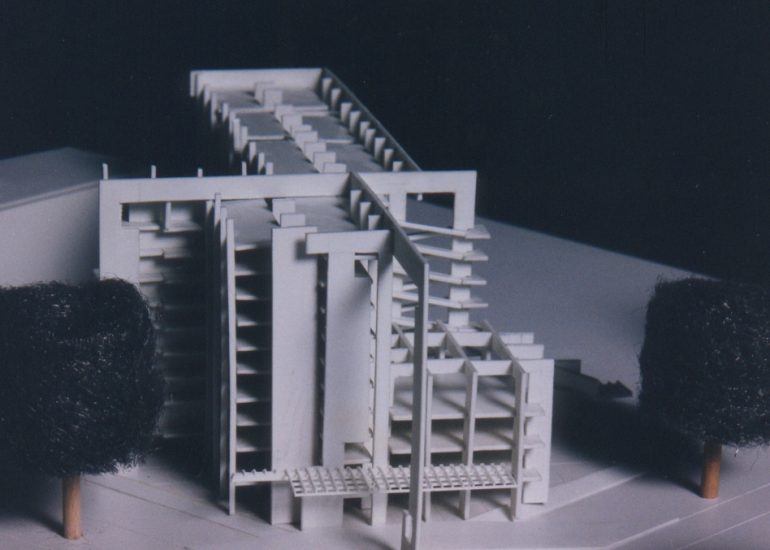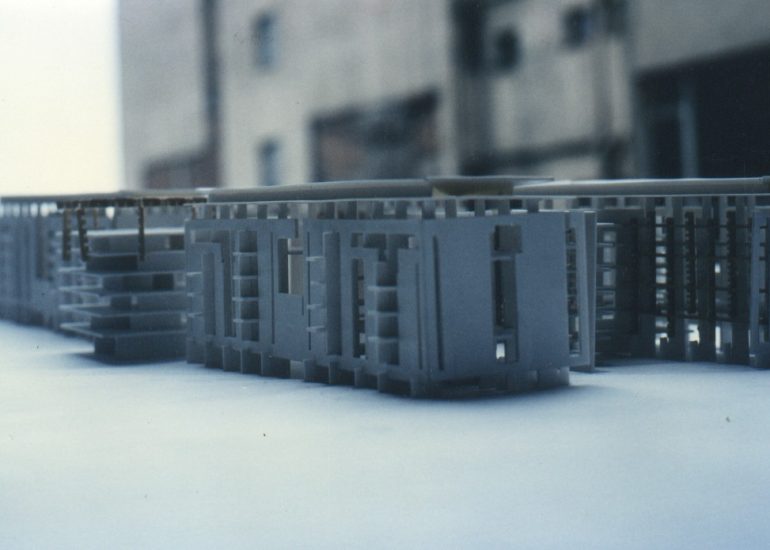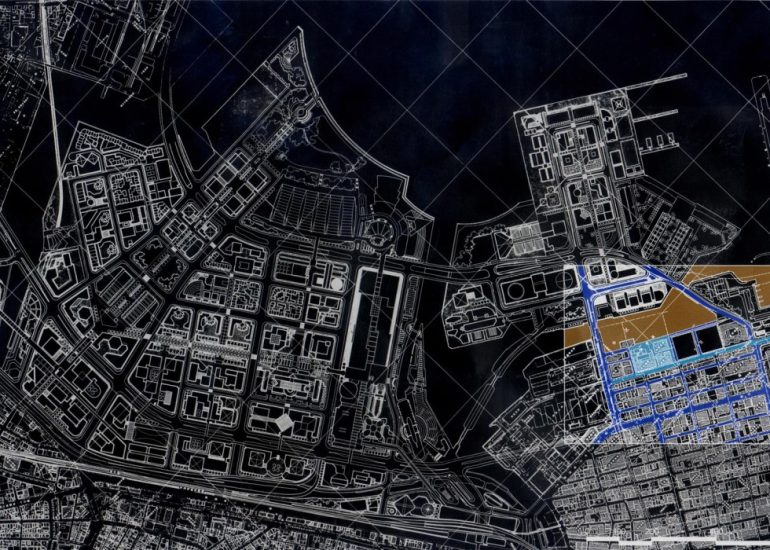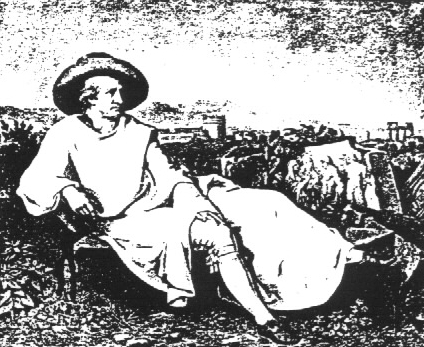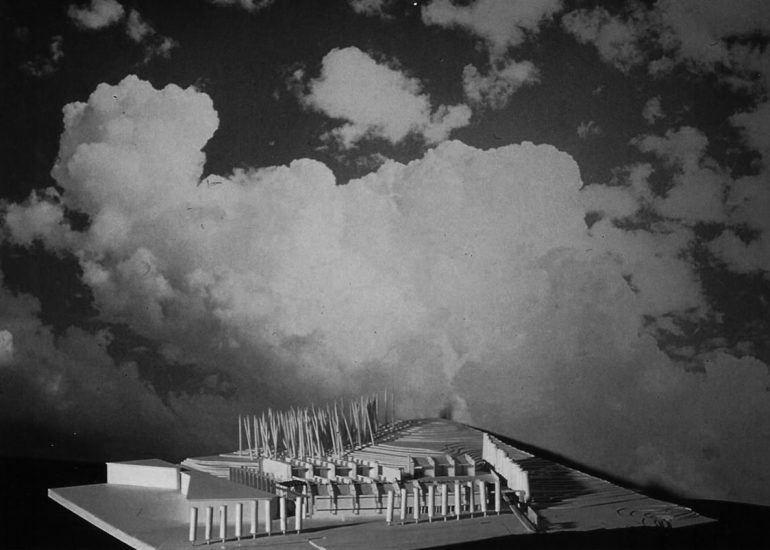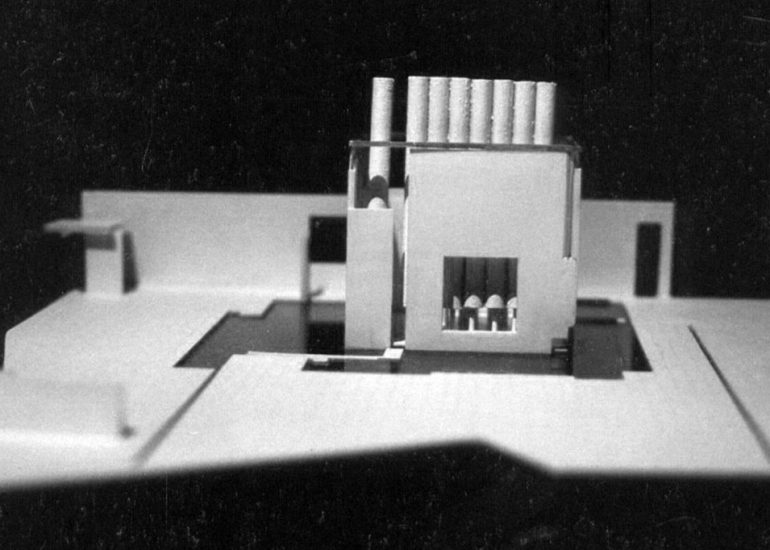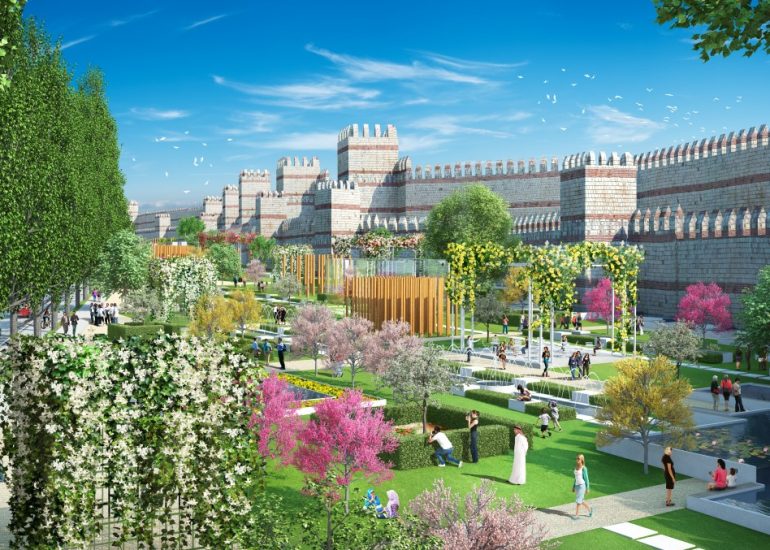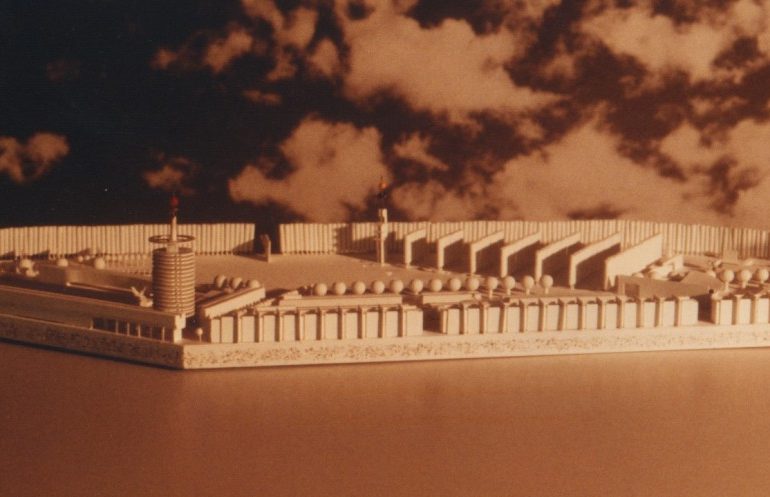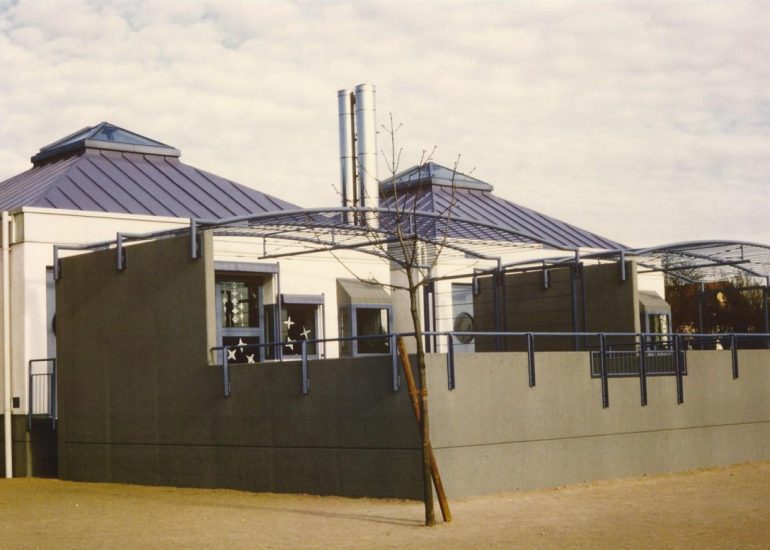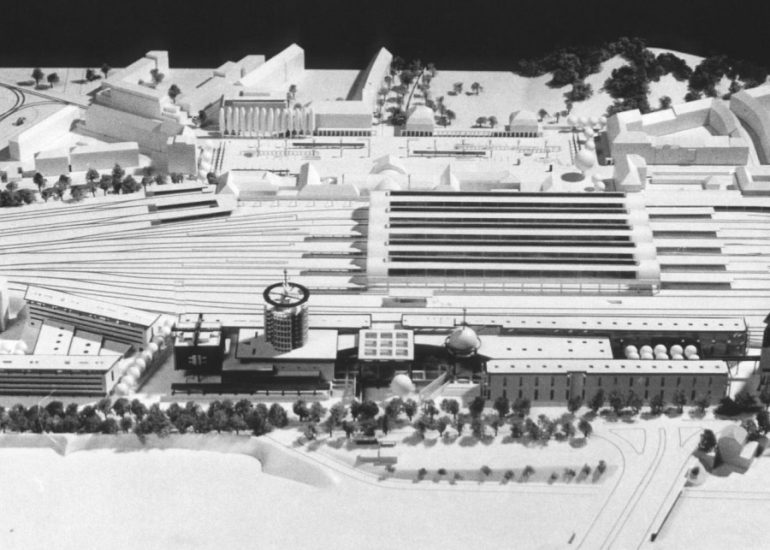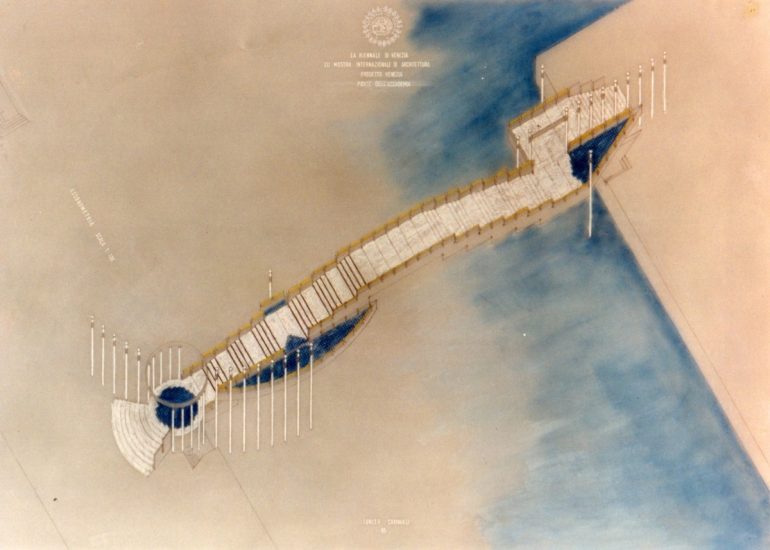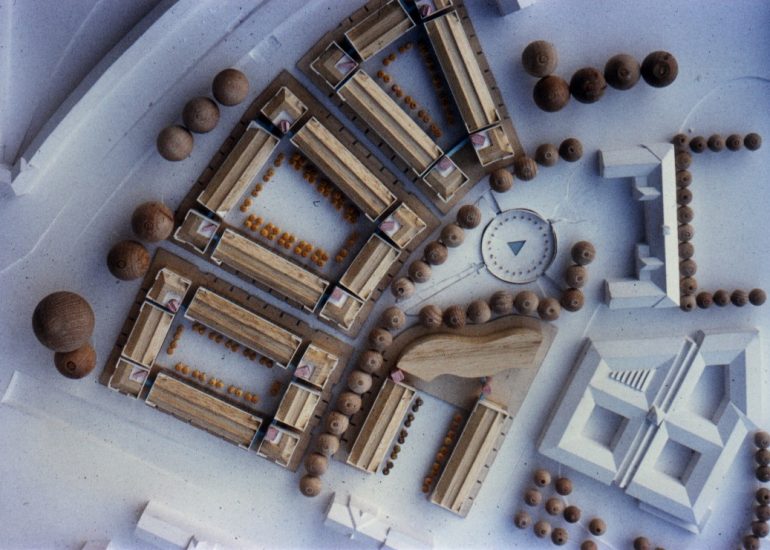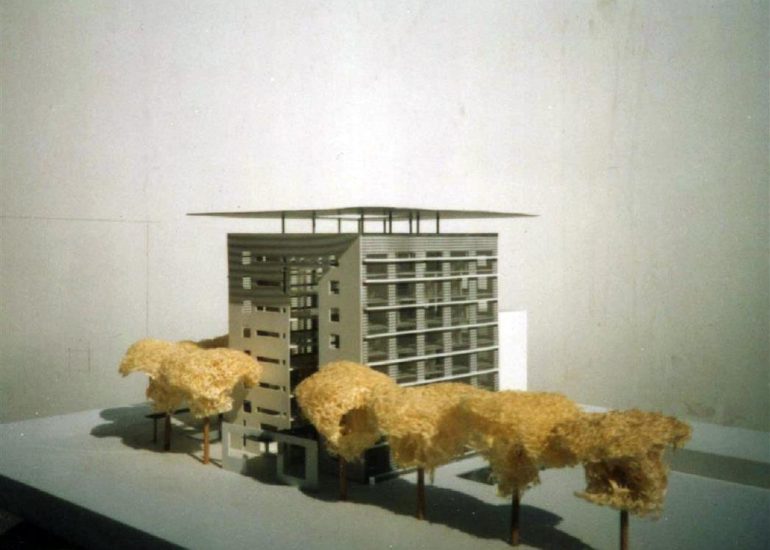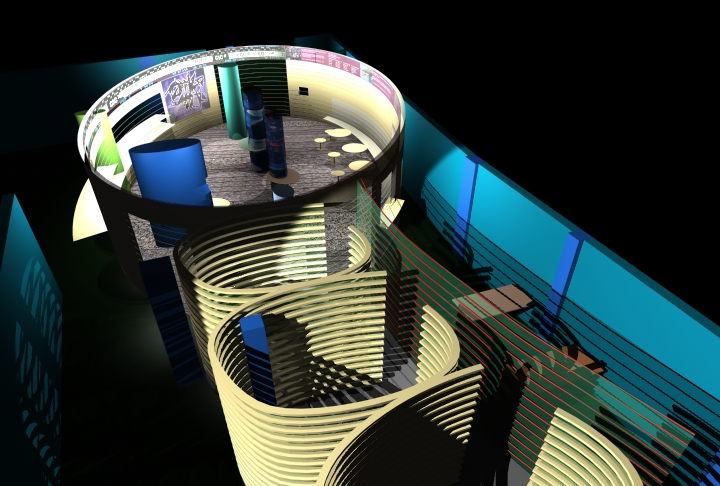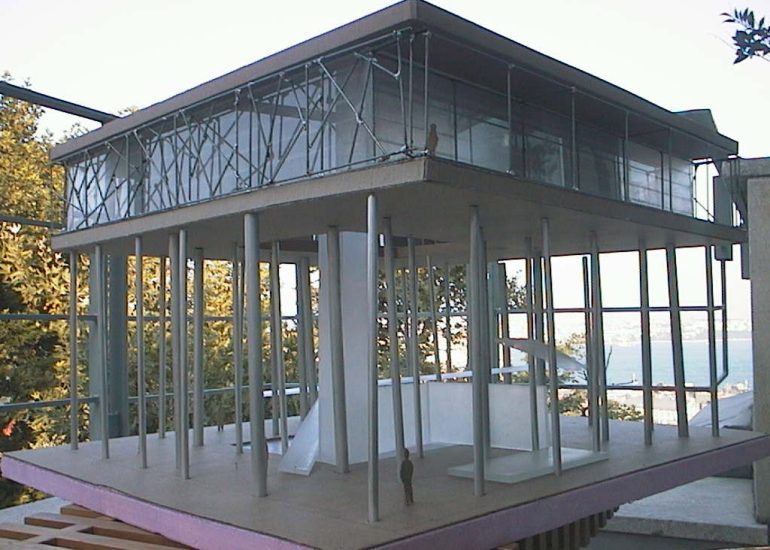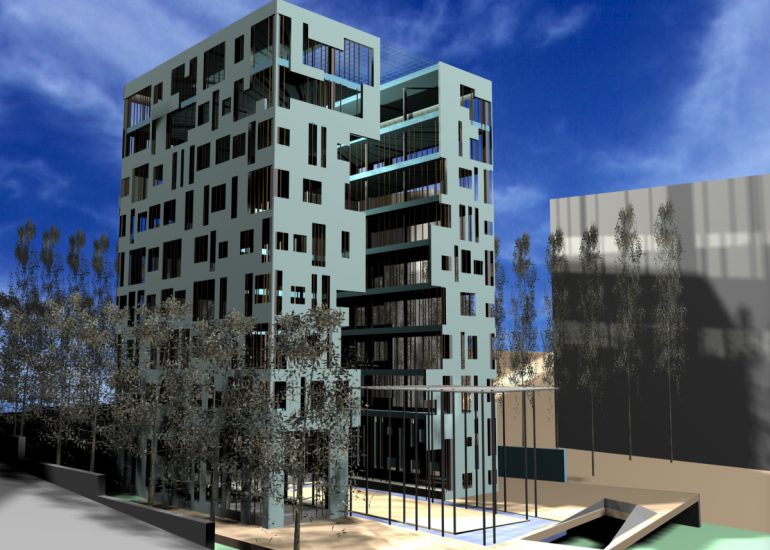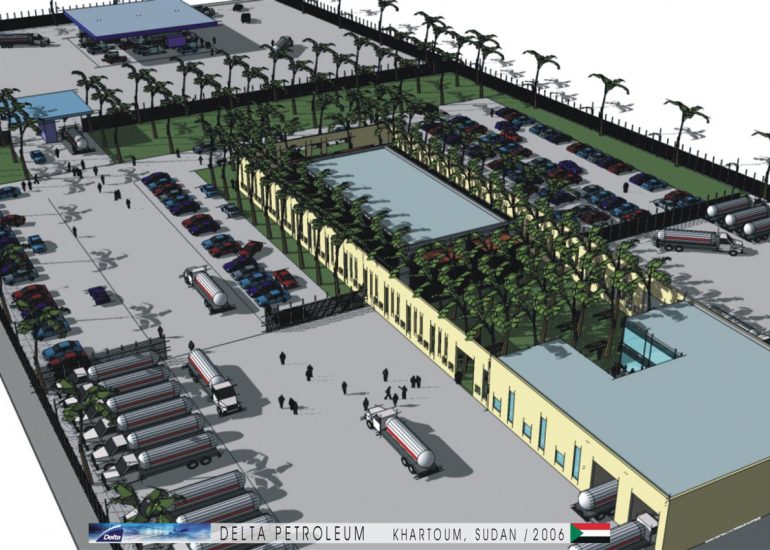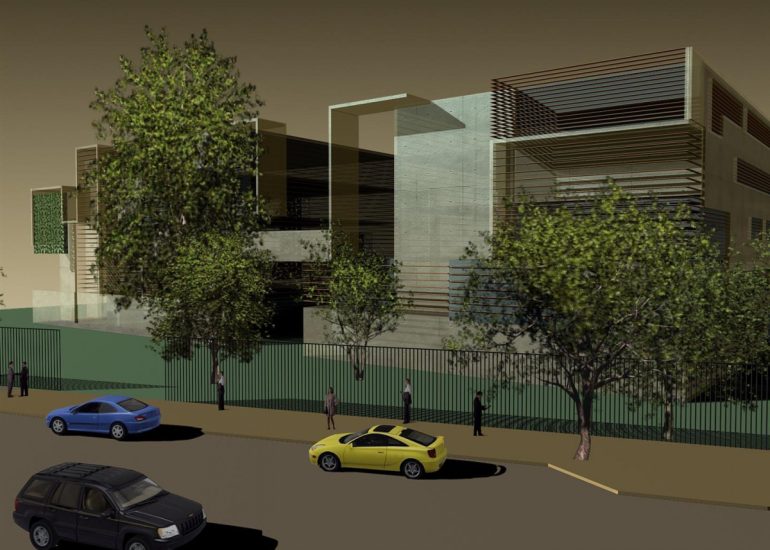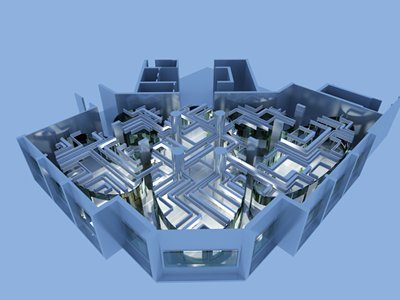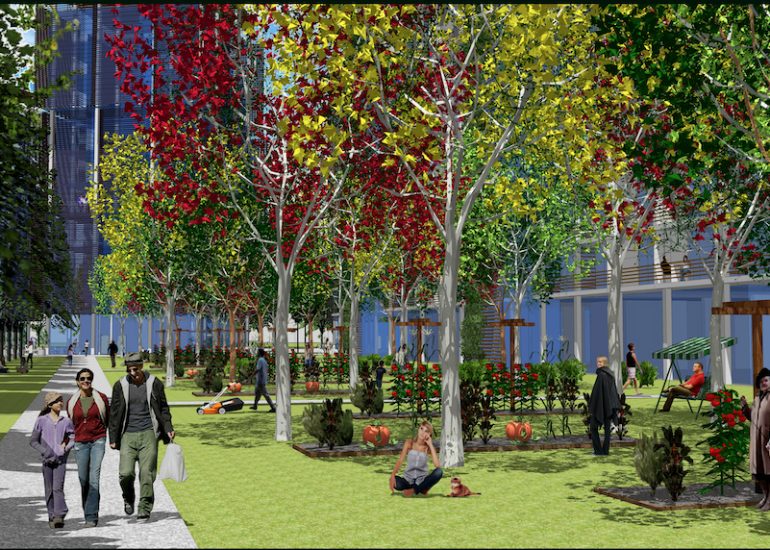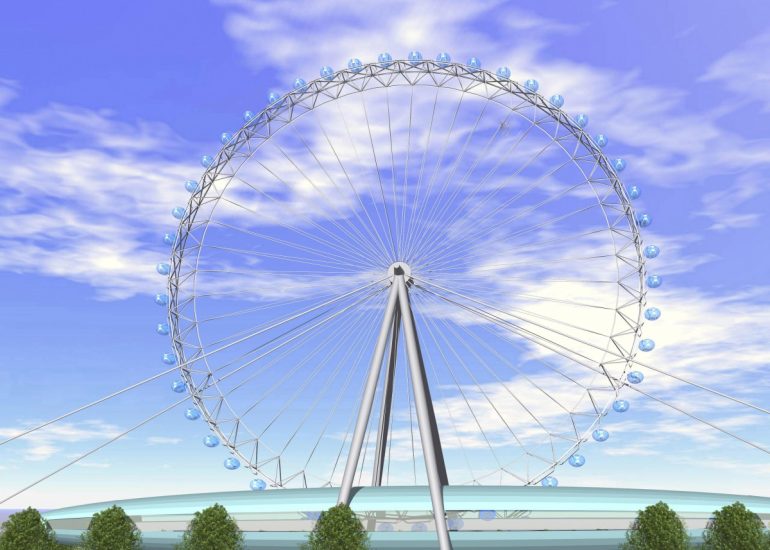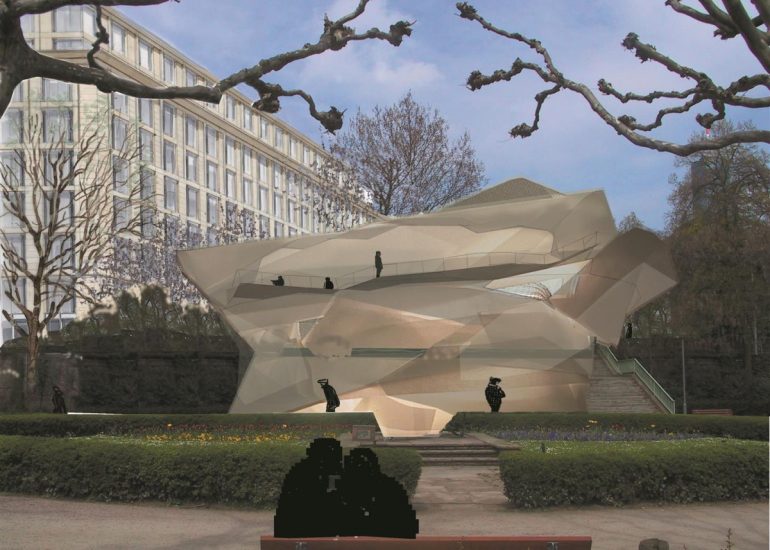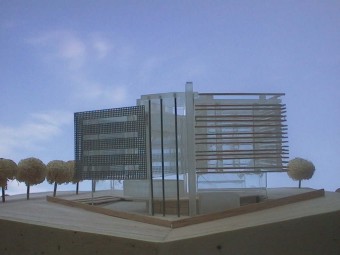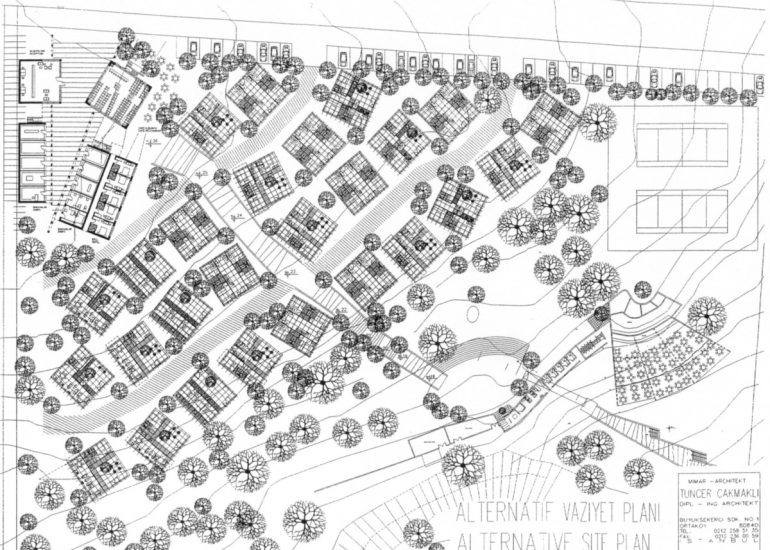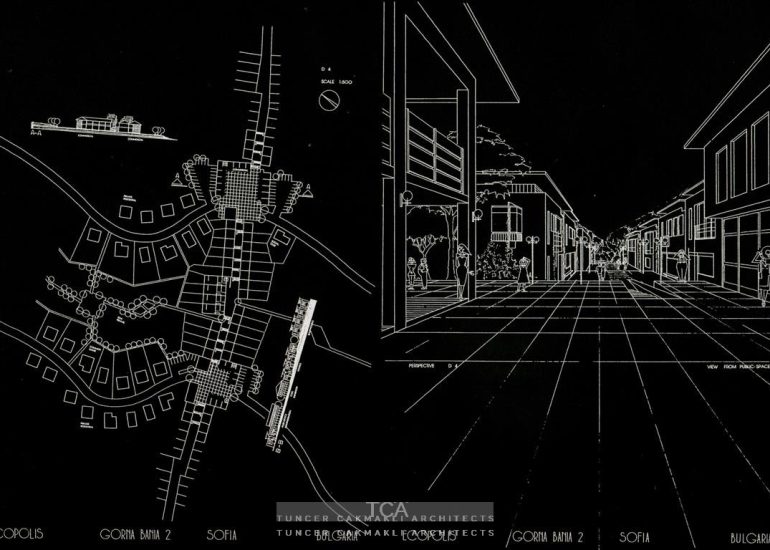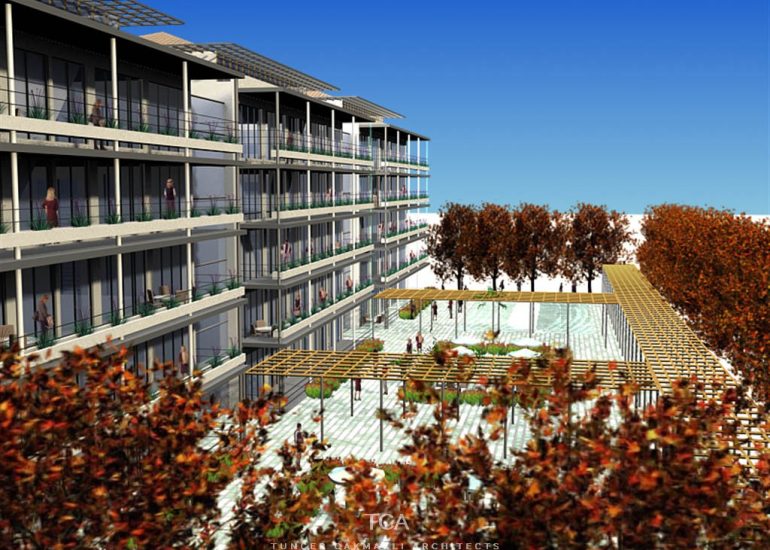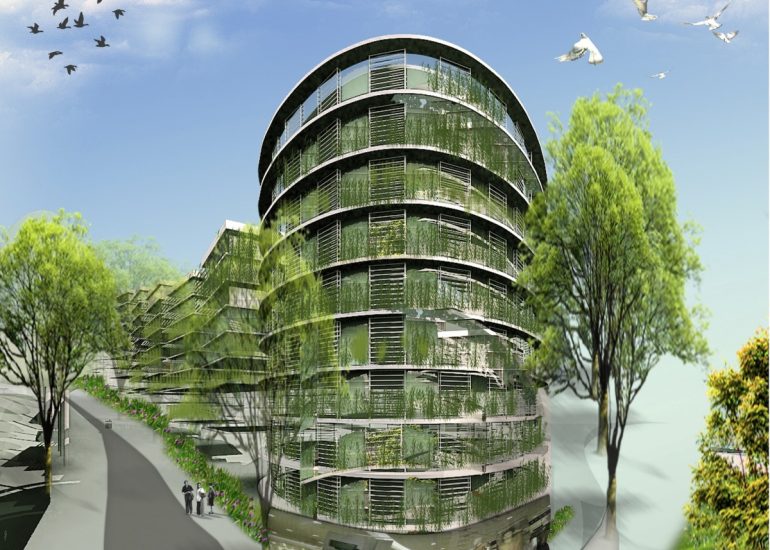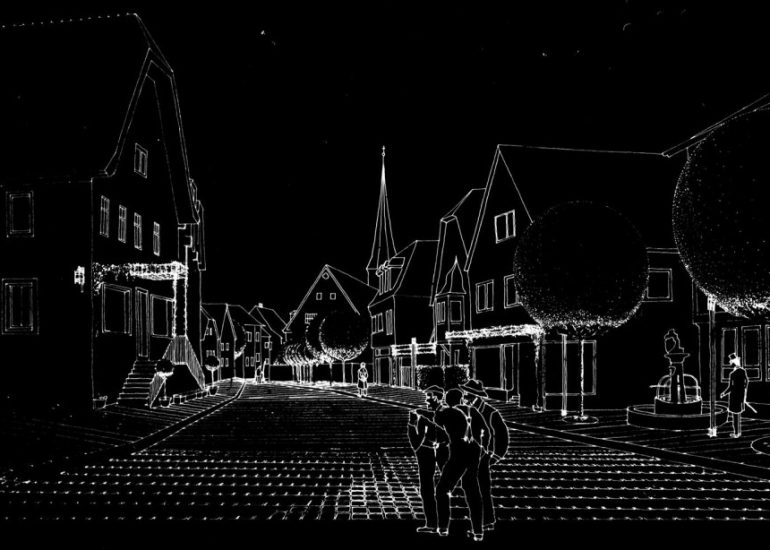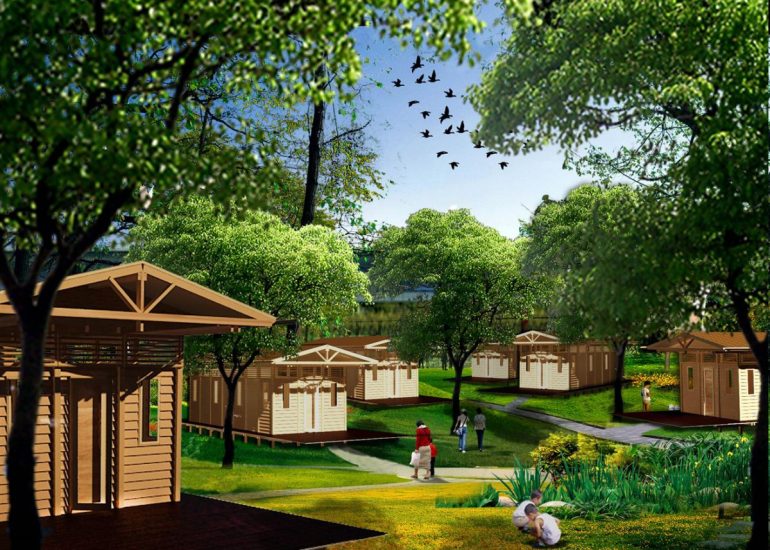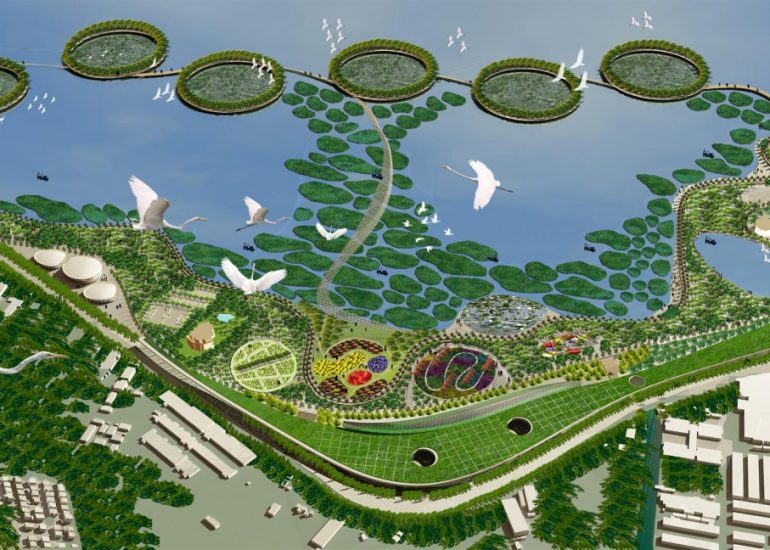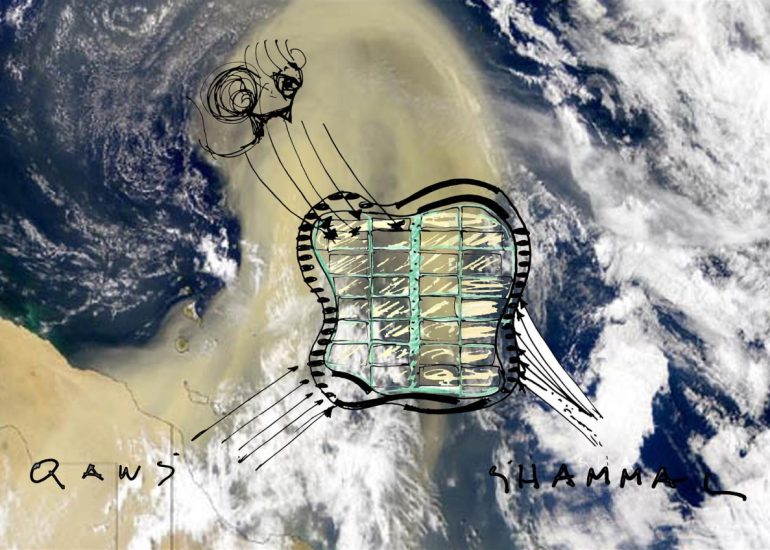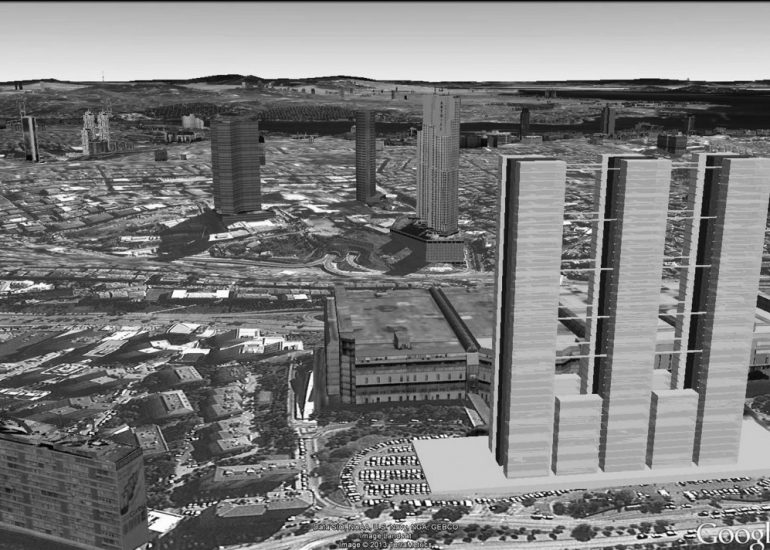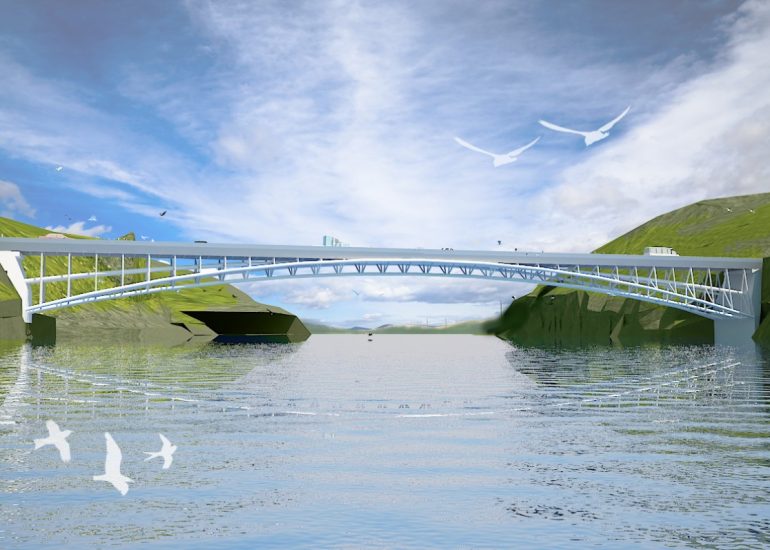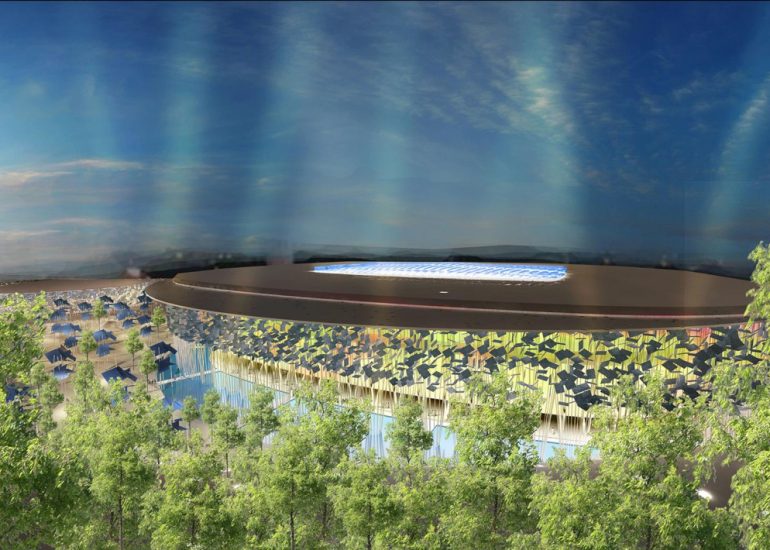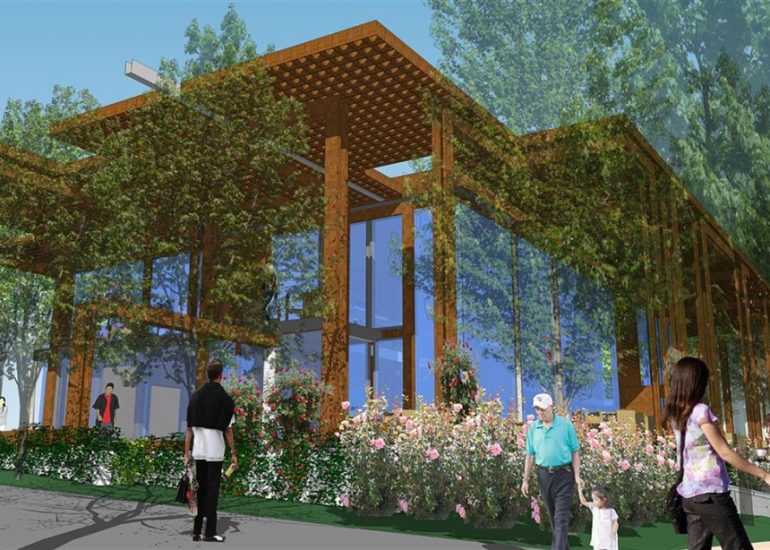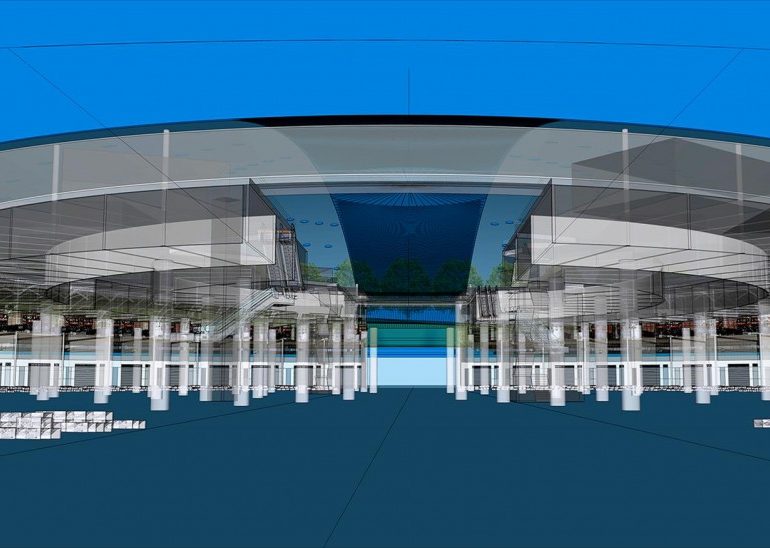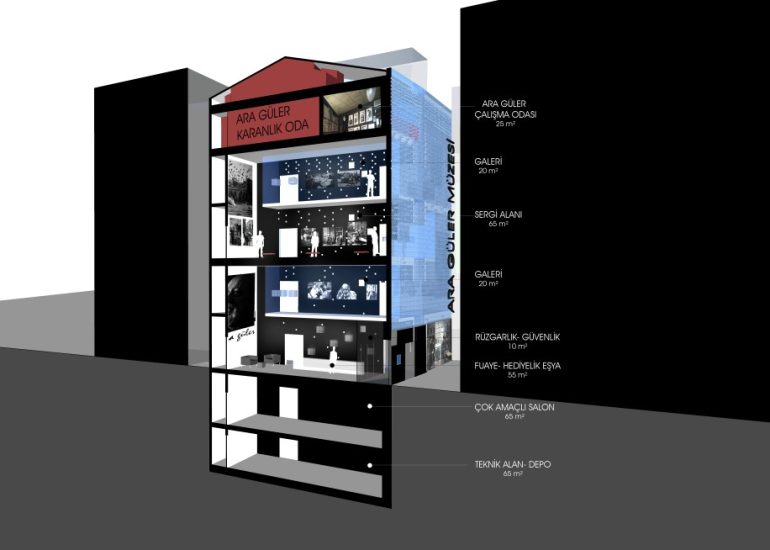Art Line Istanbul
Cultural
Welcome to Art Line Istanbul Landscape Design, an innovative project set to transform the Orient Express rail line into a new cultural, educational, and entertainment garden along the waterfront of the historical peninsula of Istanbul.
Immerse yourself in the enchanting blend of history, nature, and creativity as Art Line Istanbul reimagines the iconic Orient Express rail line into a vibrant space that harmonizes with the rich tapestry of Istanbul’s past. This ambitious project aims not only to preserve the historical significance of the site but also to create a dynamic and modern environment that engages visitors in a multifaceted experience.
As you stroll along the transformed waterfront, you will encounter carefully curated gardens, art installations, and educational spaces, each telling a story that unfolds the cultural heritage of Istanbul. Art Line Istanbul Landscape Design doesn’t just reshape the physical landscape; it weaves together the narratives of the past and present, inviting visitors to explore, learn, and be inspired.
Our vision goes beyond mere aesthetics; it encompasses a commitment to fostering a sense of community and providing a platform for cultural exchange. This waterfront garden will serve as a hub for cultural events, educational programs, and entertainment, bringing people together in a shared appreciation for the arts, history, and the natural beauty of Istanbul.
Join us on this journey as Art Line Istanbul Landscape Design breathes new life into the Orient Express rail line, creating an inviting oasis where the echoes of history meet the vibrant spirit of the present. Whether you are a history enthusiast, an art lover, or someone seeking a unique blend of education and entertainment, Art Line Istanbul promises an unforgettable experience on the historical peninsula of Istanbul.
#ArtLineIstanbul #IstanbulLandscapes #CulturalGarden #HistoricalPeninsula #ArtisticTransformation #IstanbulHeritage #OrientExpressRevival #CreativeSpaces #UrbanArtistry #CulturalExchange #EducationalGardens #PublicArtIstanbul #IstanbulWaterfront #ArtandHistory #SustainableDesign #CommunityEngagement #IstanbulCulture #GreenSpacesIstanbul #HistoricTransformation #IstanbulEntertainment




When one understands the city as a text — a premise not unfamiliar to semiology — then landscape design, too, must be read as a kind of palimpsestic annotation: a new layer of meaning inscribed upon old signs without erasing them.
The disused railway line stretching 8,500 meters from Sirkeci to Yedikule is not merely a corridor of tracks and sleepers; it is a resonant space of history. Once, this line cut through the city’s urban fabric, connecting the waters of the Marmara shore with the inner organs of the metropolis, carrying goods, people, rumors, and ideas. Today, this linear space is being rewritten by TCA as an Art Line: a landscape park that touches the old Byzantine city walls and brings them into dialogue with contemporary urban life.
What emerges here is more than a green belt; it is a poetic infrastructure for collective nourishment — not only in the literal sense, but also as artistic sustenance for the city’s inhabitants. Just as the agora or the medieval marketplace once functioned as sites of exchange, this park is envisioned as a porosity within the city, an open stage where nature, art, and urban memory weave a new narrative.
TCA’s working method follows a principle: to uncover the essential, to interpret the hidden layers. The large-scale models are not merely aids for form-finding but three-dimensional commentaries — plastic essays that open up spaces of meaning. They make it possible to design the landscape not as a mere ornament but as the syntax of a new urban legibility.
By connecting the railway line with the shore of the Sea of Marmara, a threshold space emerges: a transition between water and city wall, past and present, nature and artifice. The Byzantine walls — once a bulwark against intruders — are not cordoned off as museum relics but interwoven into the landscape as narrative fragments. Thus, the past is not conserved like a dead exhibit but breathes on within the new urban fabric.
One could say that this park, is a translation: the stone line of the walls, the iron line of the tracks, the soft line of vegetation — all these form an alphabet whose grammar becomes legible only through walking, seeing, and lingering.
Ultimately, this intervention testifies to the belief that city and nature are not opposites but stand in a mutual semiosis. The new landscape is not merely an ecological buffer but a cultural echo: a poetic commentary on Istanbul’s perpetual becoming — a city that is never finished being written.
——————————————————————————————————————————————————————
Bir kenti bir metin olarak kavradığımızda — peyzaj tasarımını da eski işaretlerin üzerine yazılmış palimpsest benzeri bir dipnot olarak okumak gerekir: Eski izleri silmeden, yeni bir anlam katmanı eklemek.
Sirkeci’den Yedikule’ye kadar 8.500 metre boyunca uzanan kullanılmayan demiryolu hattı, sadece raylar ve traverslerden oluşan bir koridor değildir; tarihin yankılandığı bir mekândır. Bir zamanlar bu hat, kentin dokusunu kesip geçerek Marmara kıyısının sularını kentin iç organlarıyla birleştirir; malları, insanları, söylentileri ve fikirleri taşırdı. Bugün bu doğrusal mekân, TCA tarafından Art Line olarak yeniden yazılıyor: Eski Bizans surlarına dokunan ve onları çağdaş kentsel yaşamla diyaloğa sokan bir peyzaj parkı olarak.
Burada ortaya çıkan şey, bir yeşil kuşaktan fazlasıdır; bu, kentin sakinlerine sadece fiziksel değil, sanatsal anlamda da bir kolektif beslenme alanı sunan şiirsel bir altyapıdır. Bir zamanlar agora ya da Ortaçağ pazar yerleri nasıl birer değişim mekânı idiyse, bu park da kent içinde bir gözeneklilik, doğa, sanat ve kentsel belleğin yeni bir anlatıyı ördüğü açık bir sahne olarak tasarlanıyor.
TCA’nın çalışma yöntemi,: Özü ortaya çıkarmak, saklı katmanları yorumlamak. Büyük ölçekli maketler burada sadece biçim bulma aracı değil; anlam mekânlarını açan üç boyutlu yorumlardır — adeta plastik denemeler. Böylece peyzaj, bir süs değil, yeni bir kentsel okunabilirliğin sözdizimi olarak tasarlanabilir.
Demiryolu hattı Marmara Denizi kıyısıyla birleştirildiğinde bir eşik mekân oluşur: Su ile şehir suru, geçmiş ile şimdi, doğa ile yapaylık arasında bir geçiş. Bir zamanlar istilacılara karşı bir siper olan Bizans surları, burada müzevari bir şekilde çevrilip korunmaz; anlatısal fragmanlar olarak peyzaja işlenir. Böylece geçmiş, cansız bir sergi nesnesi gibi korunmak yerine yeni kentsel dokuda nefes almaya devam eder.
Denebilir ki bu park, Eco’nun ifadesiyle bir çeviridir: Surların taş çizgisi, rayların demir çizgisi, bitki örtüsünün yumuşak çizgisi — bunların hepsi, ancak yürüyerek, görerek, oyalanarak okunabilir bir alfabe oluşturur.
Son kertede bu müdahale, kentle doğanın zıtlık değil, karşılıklı bir göstergebilimsel ilişki içinde olduğuna duyulan inancı kanıtlar. Yeni peyzaj, yalnızca ekolojik bir tampon değil, kültürel bir yankıdır: İstanbul’un durmaksızın oluş hâlindeki varlığına yazılmış şiirsel bir yorum — asla tamamlanmayacak bir kentin hiç bitmeyen metni.







